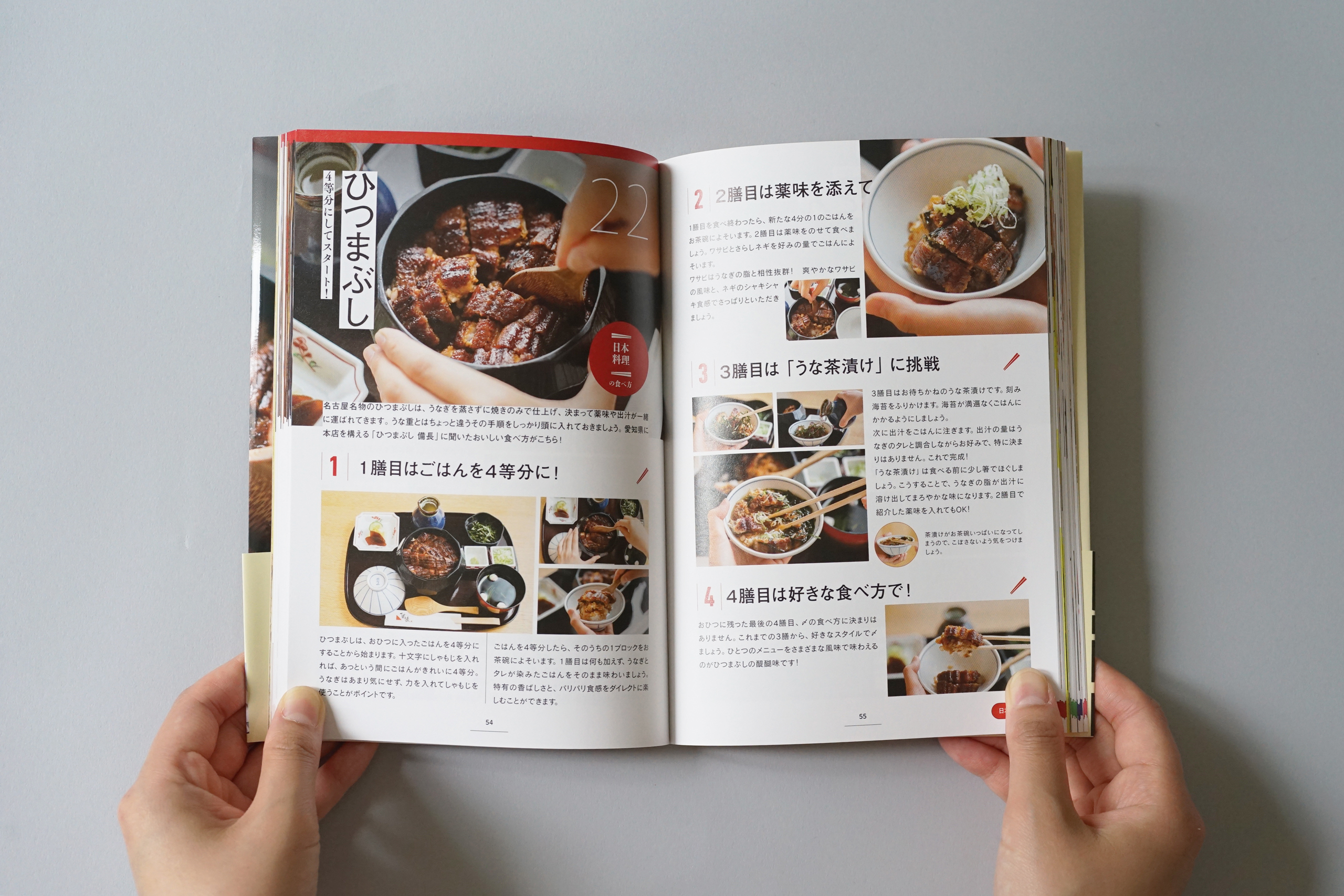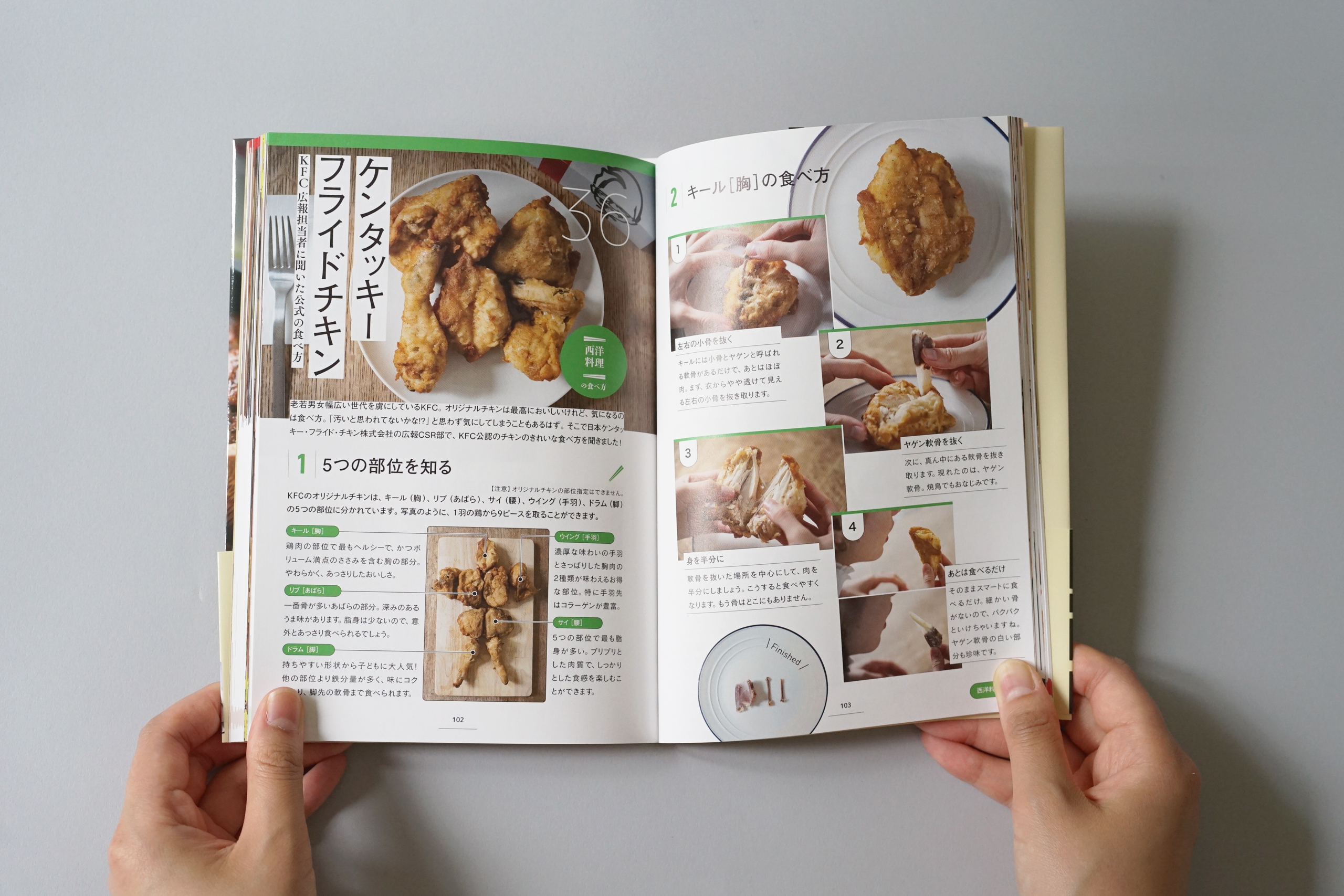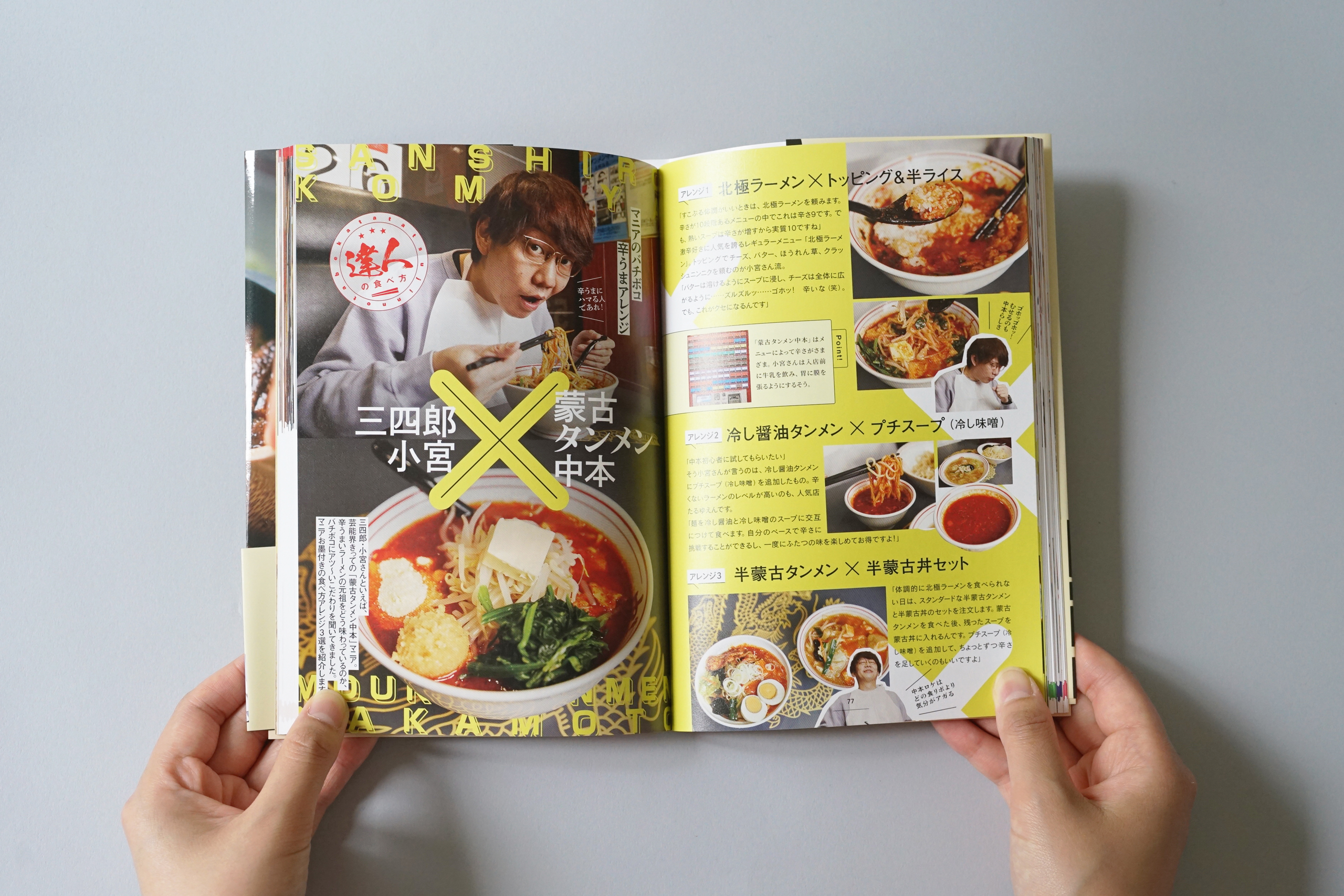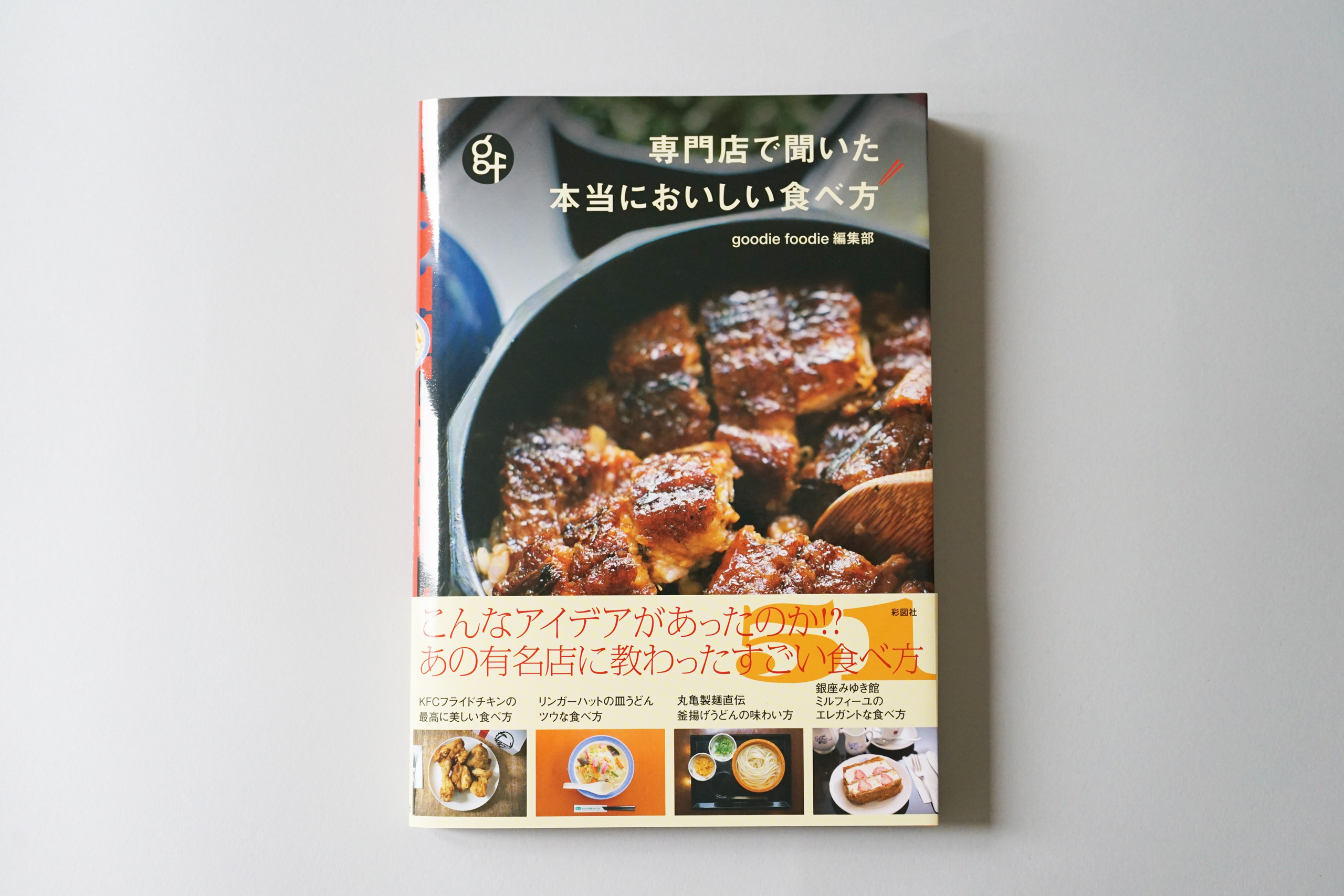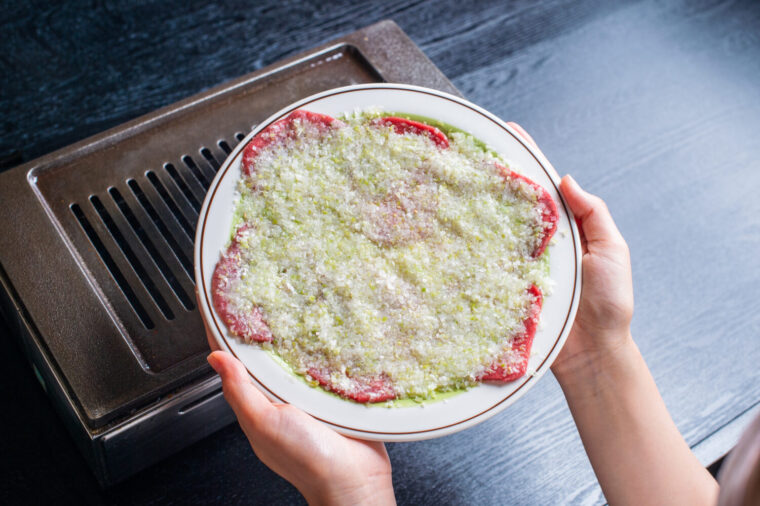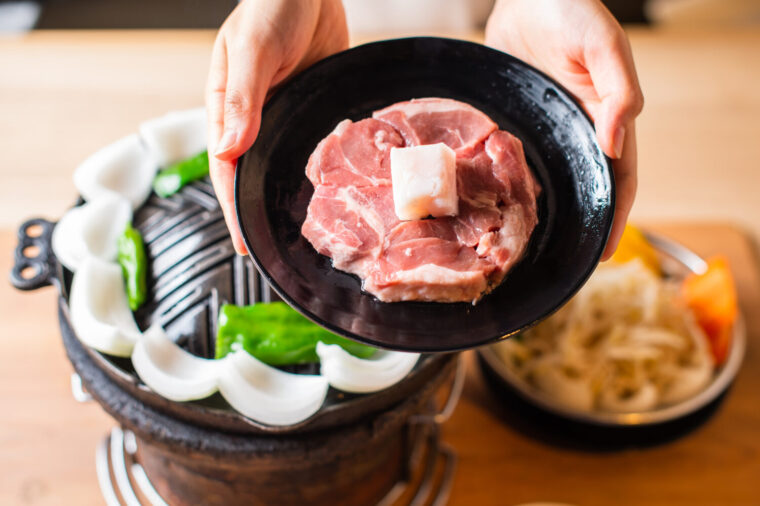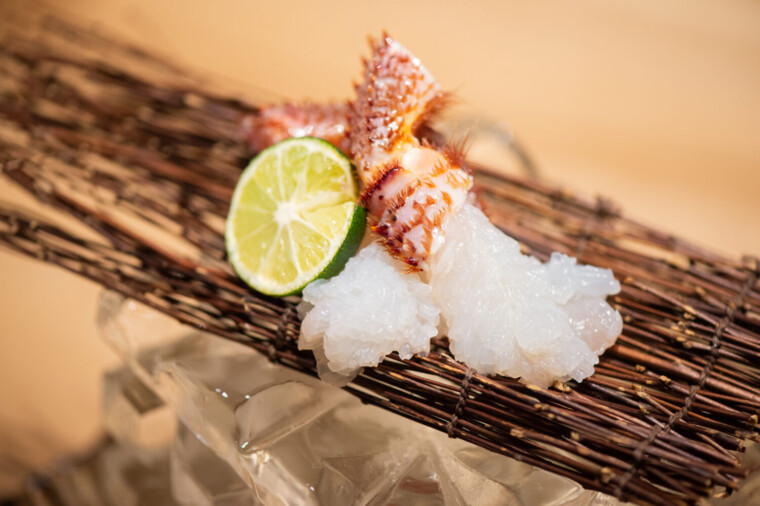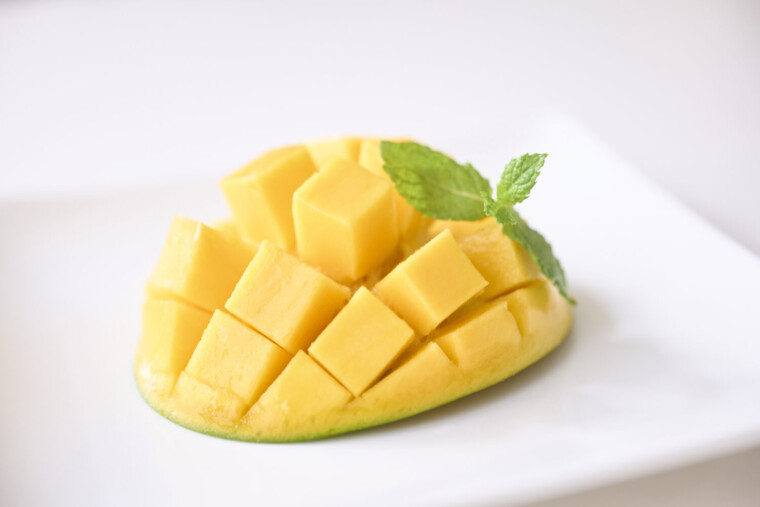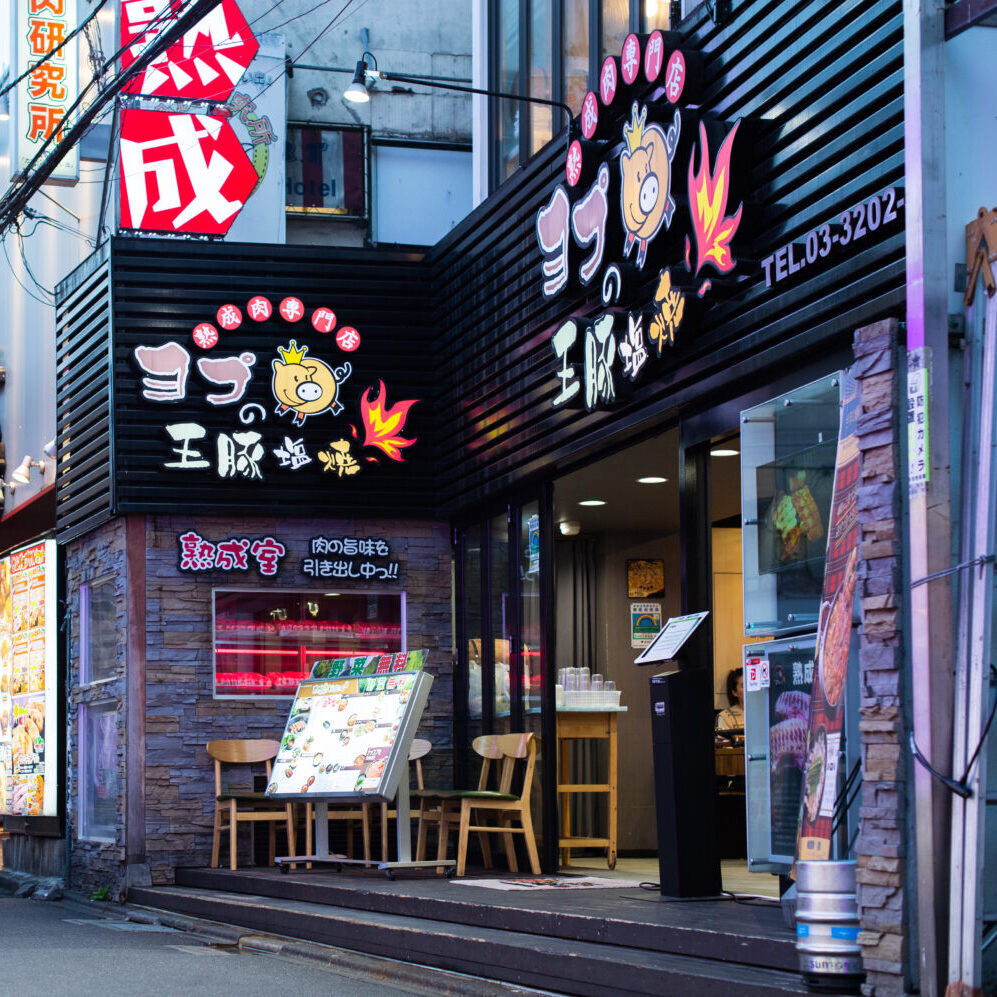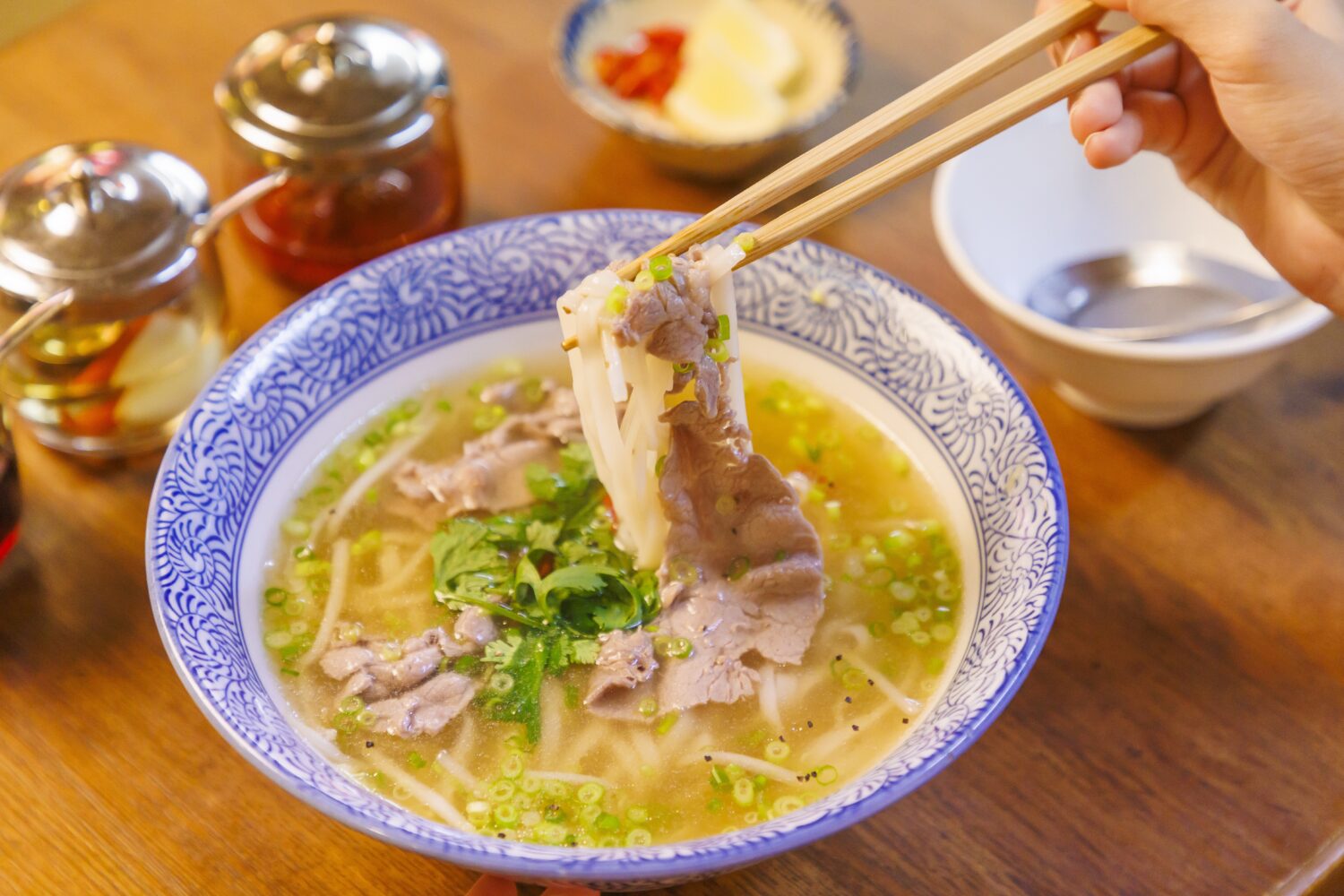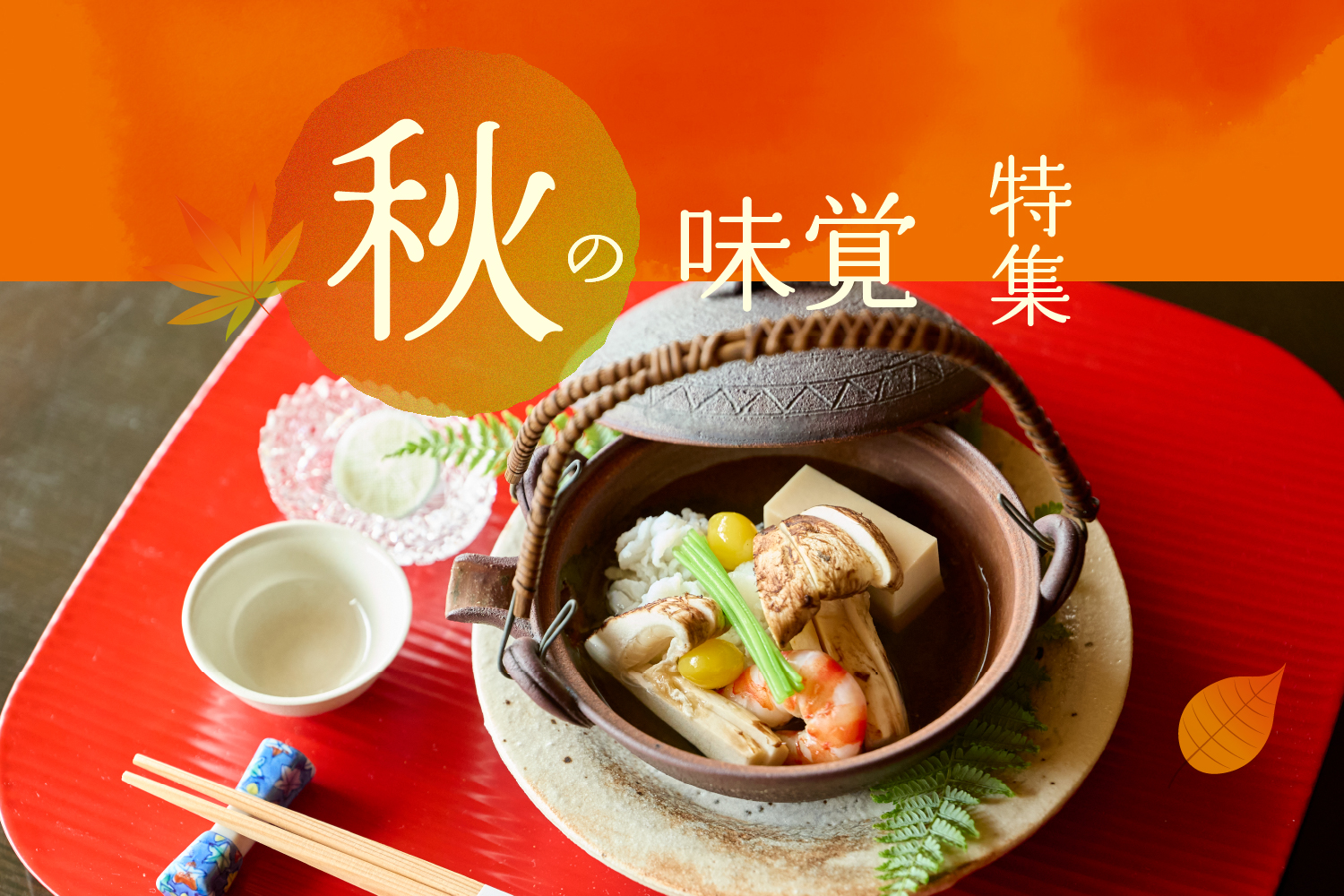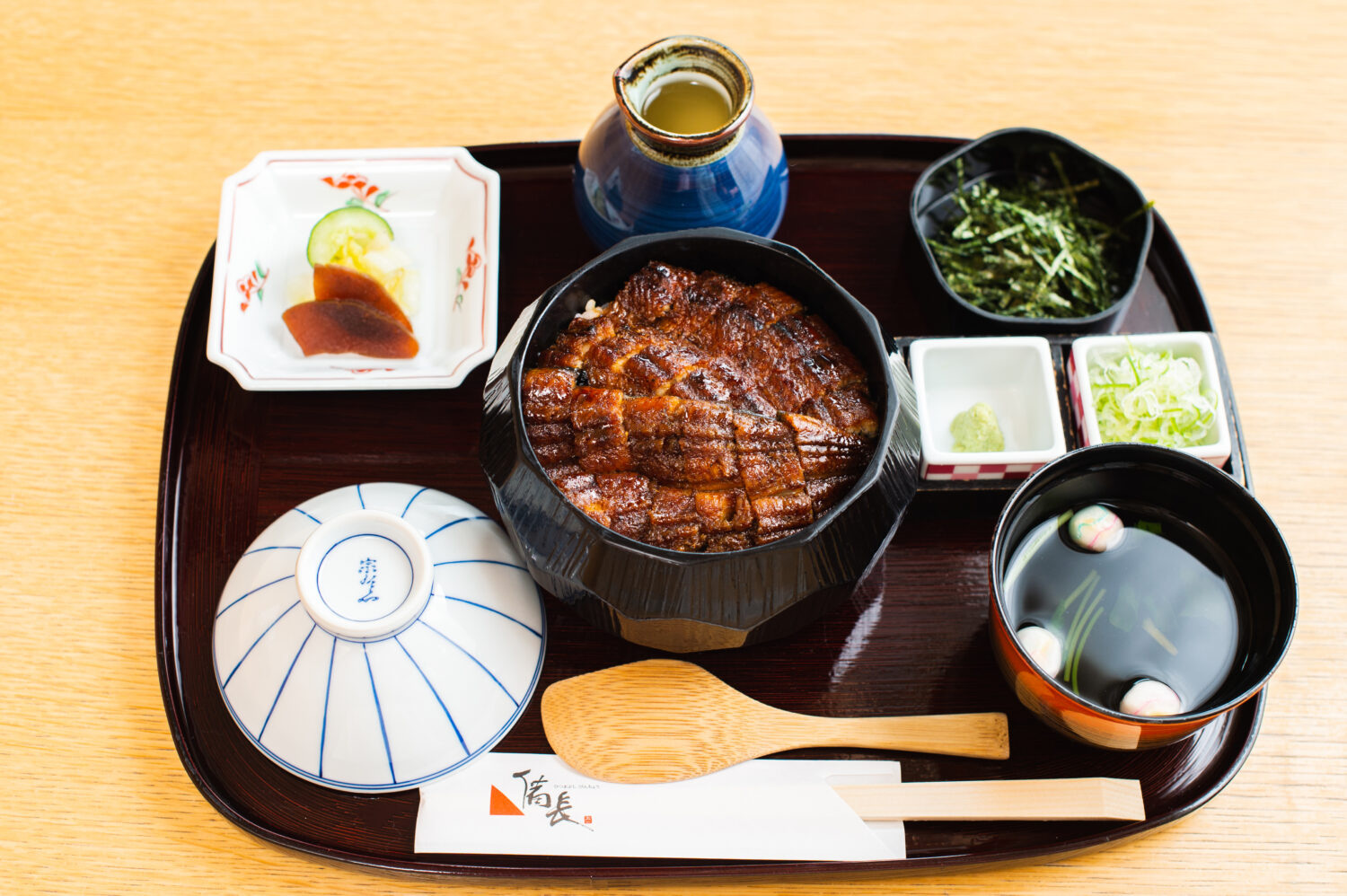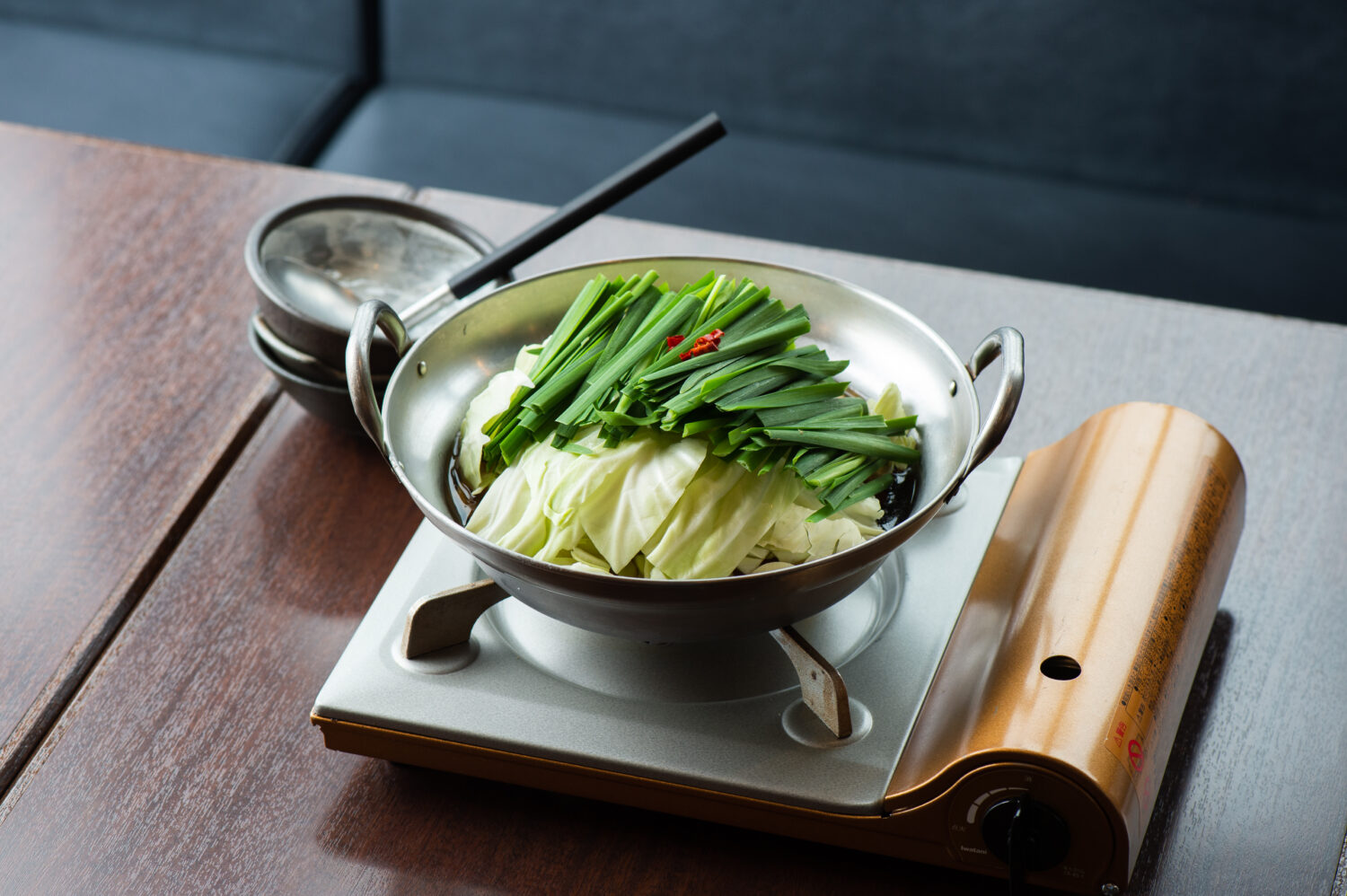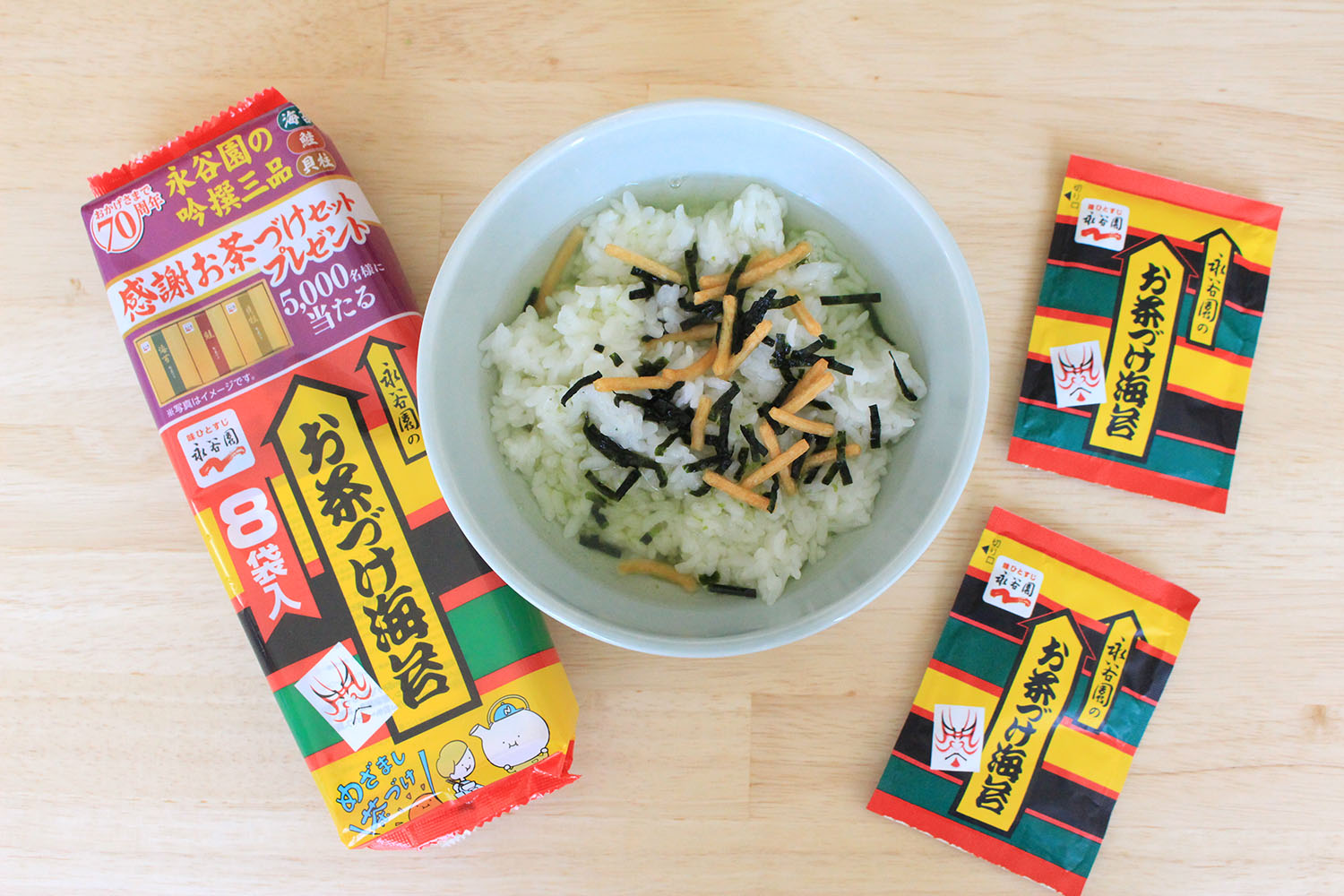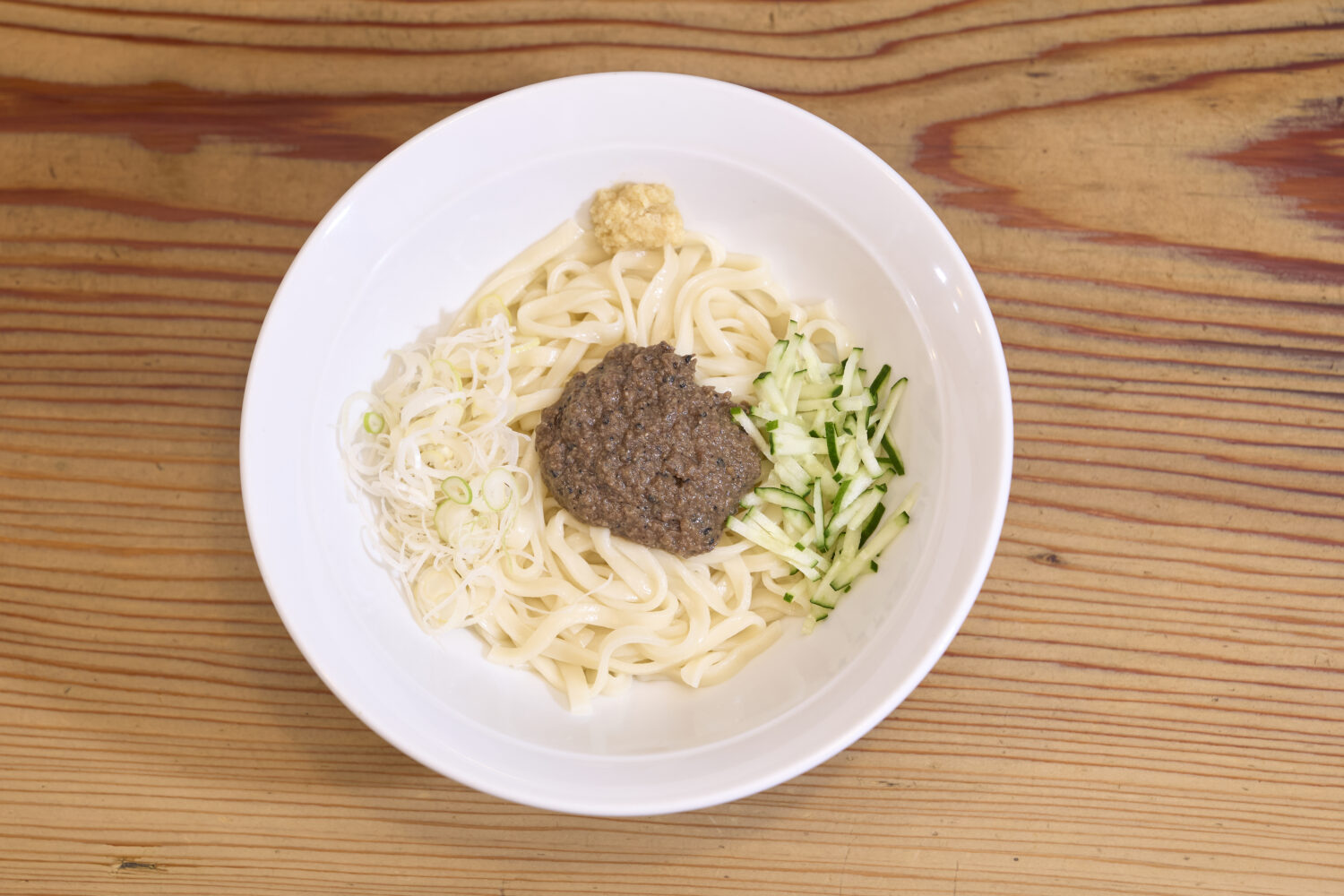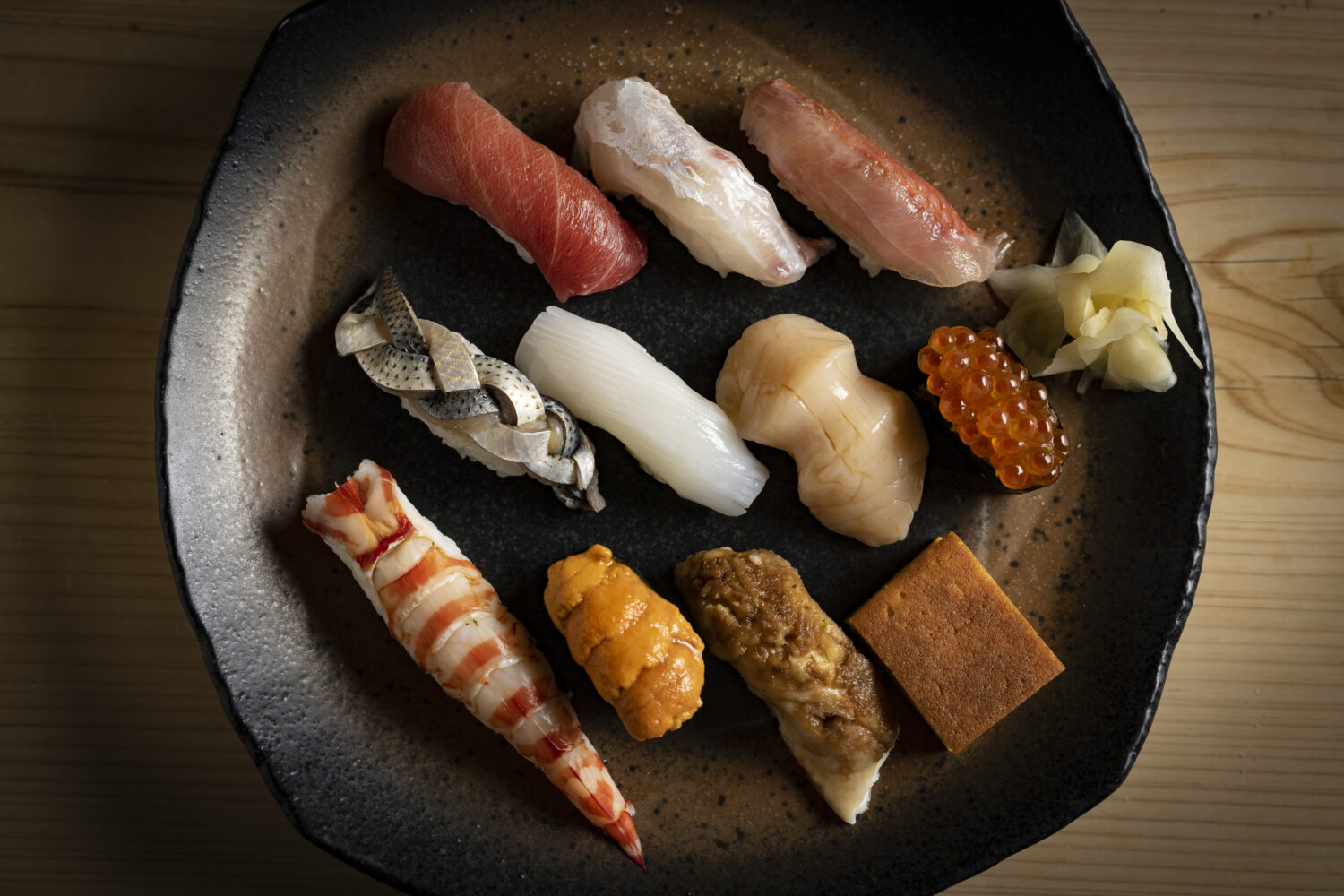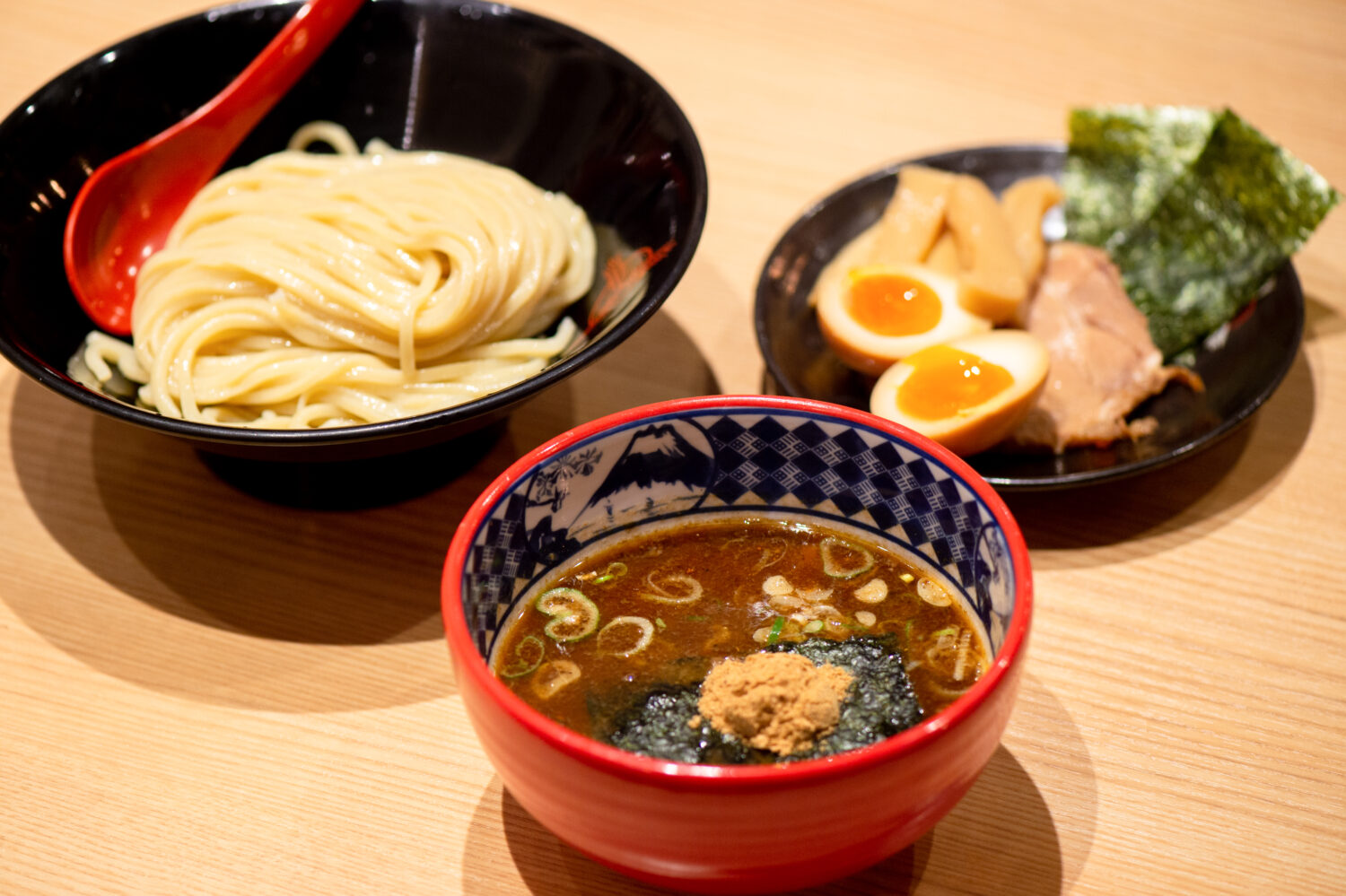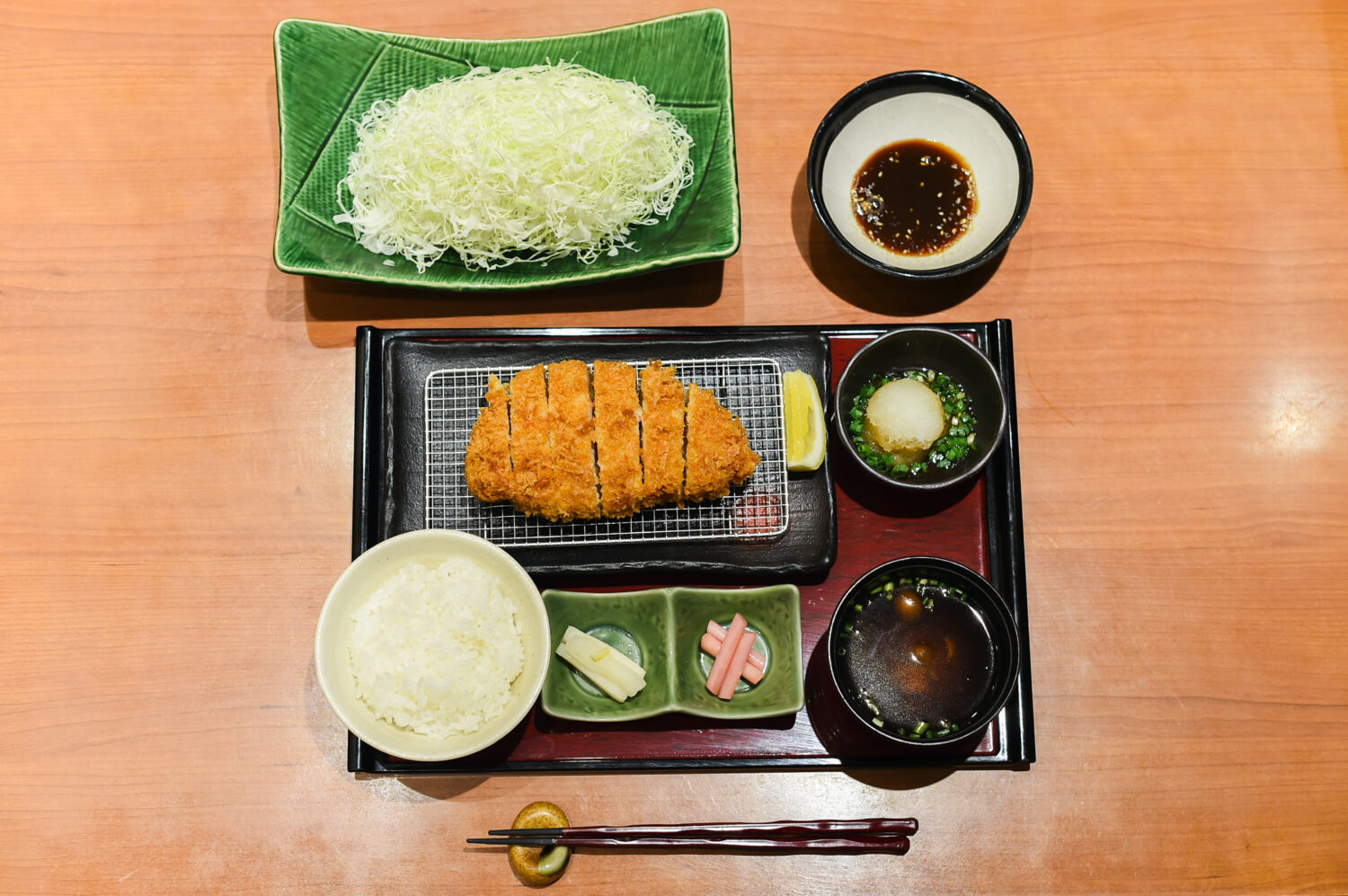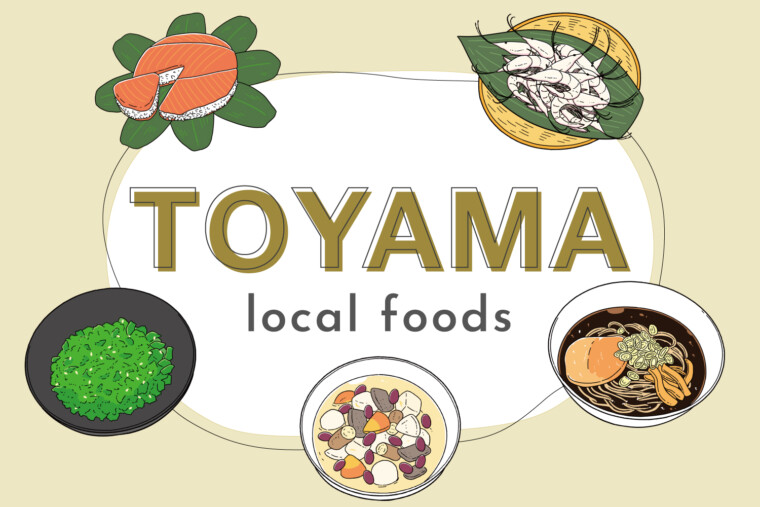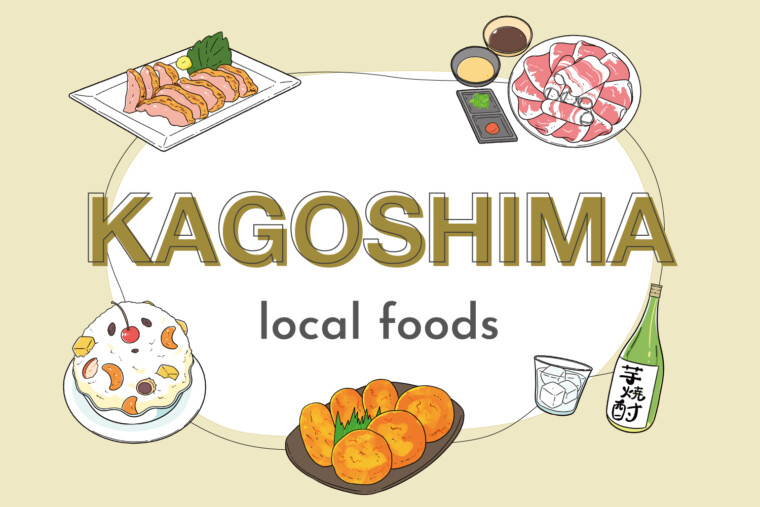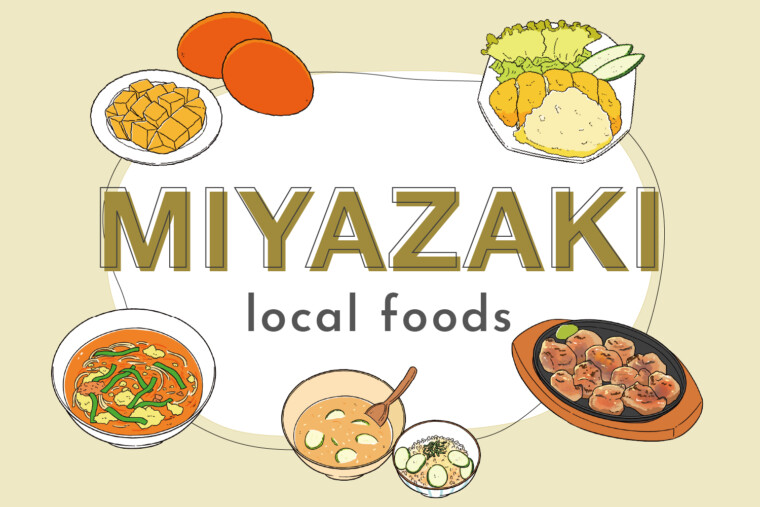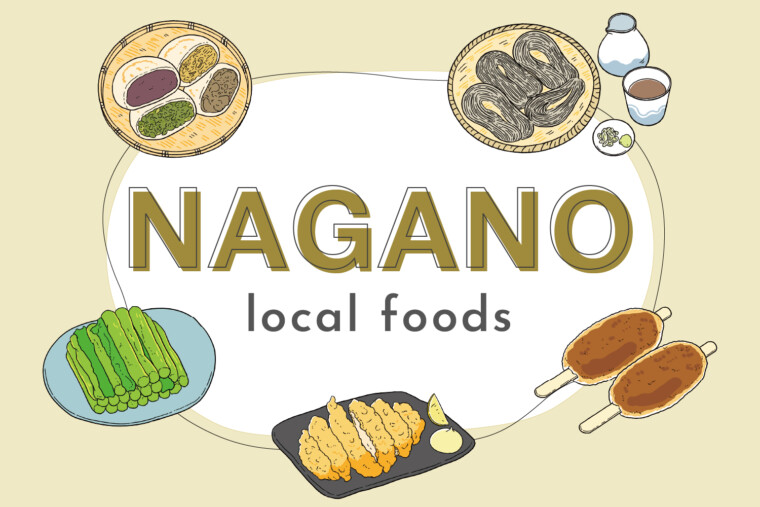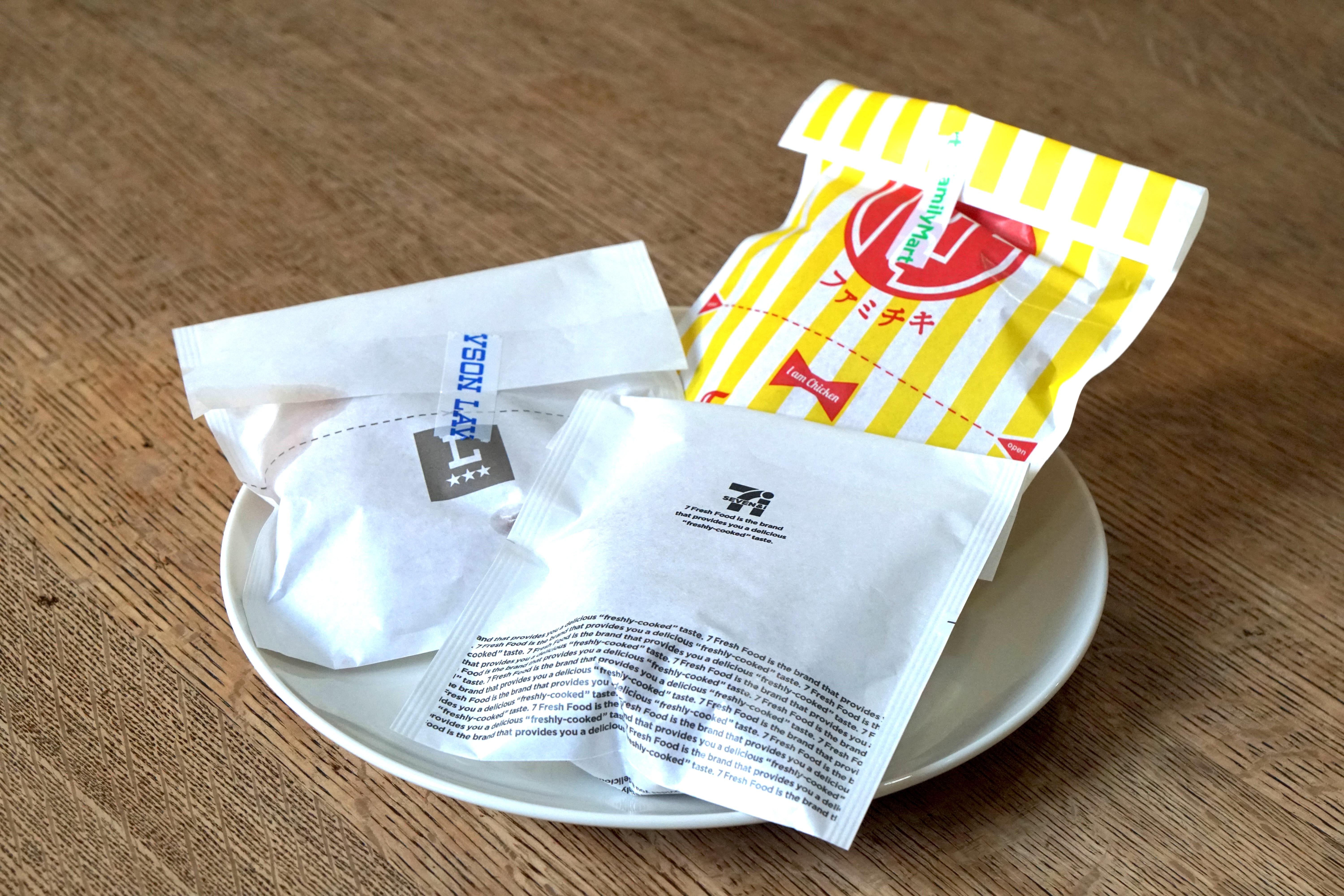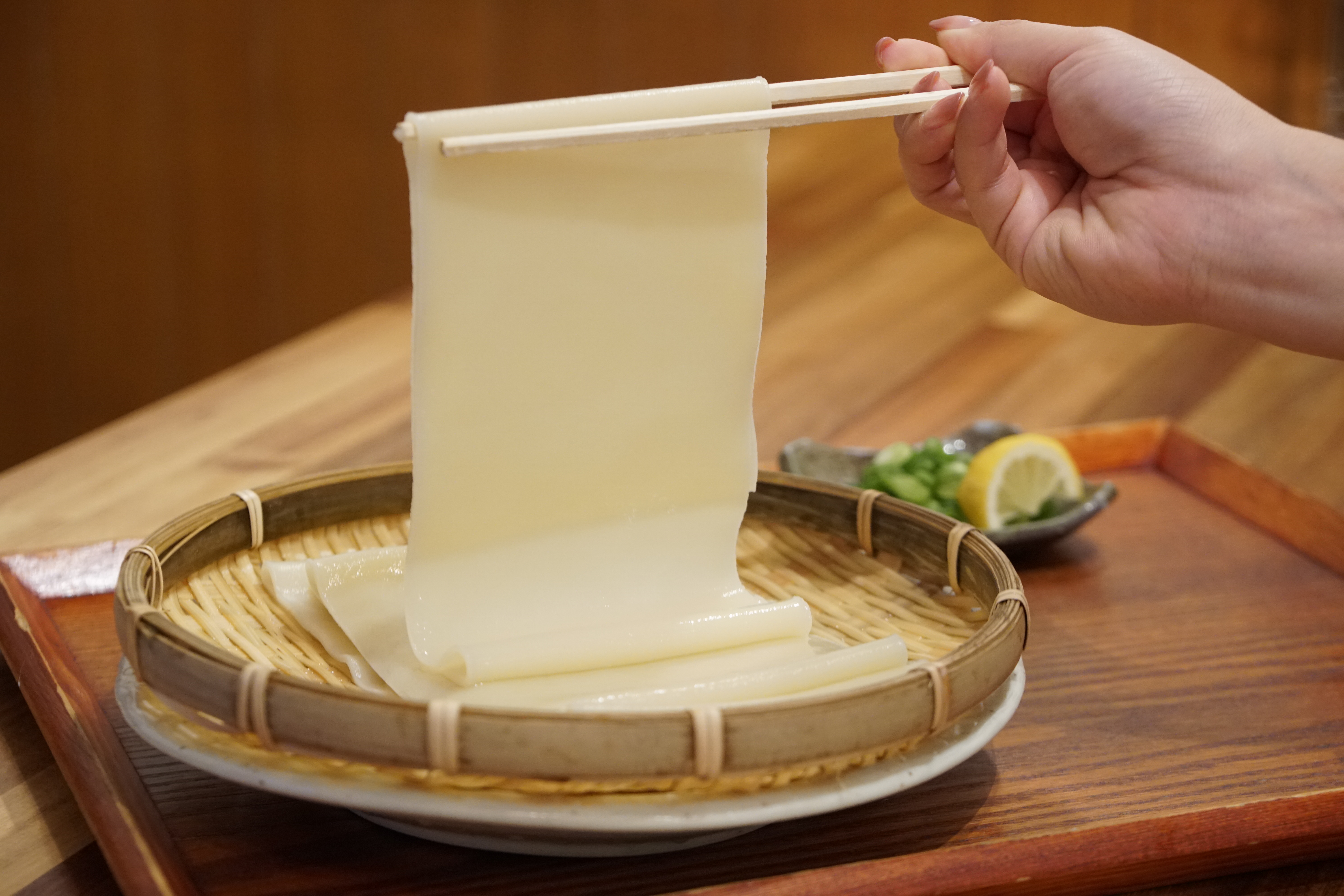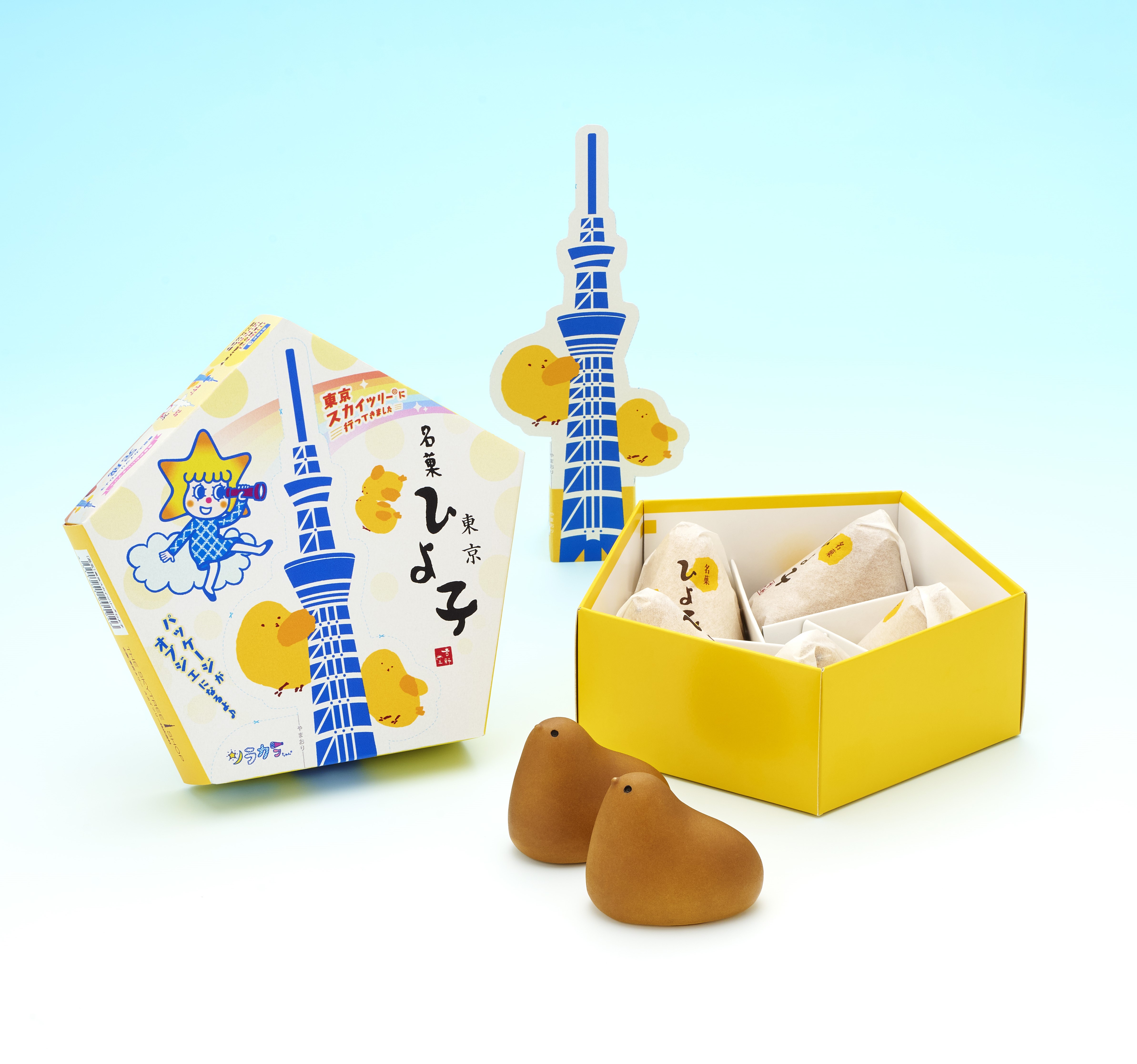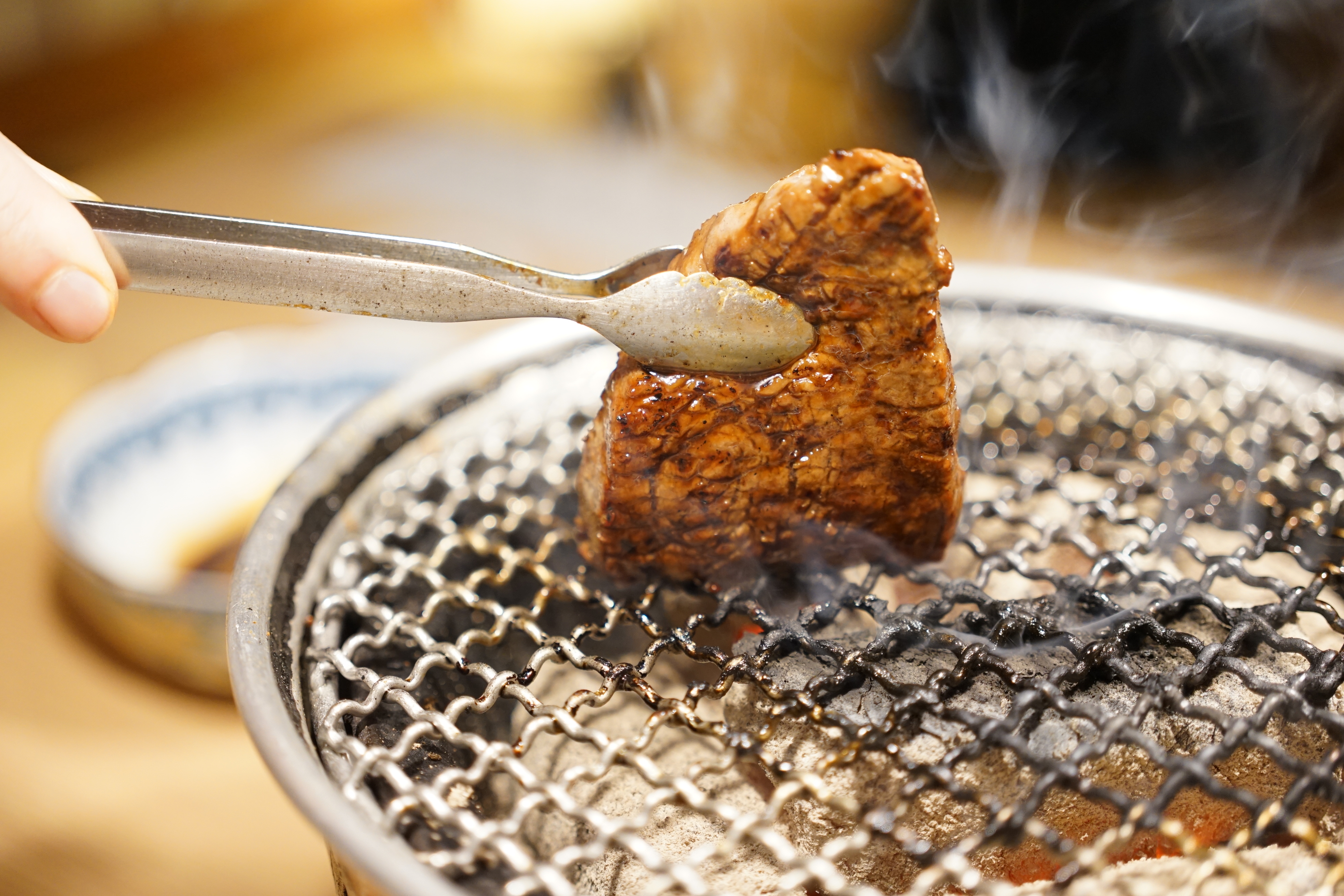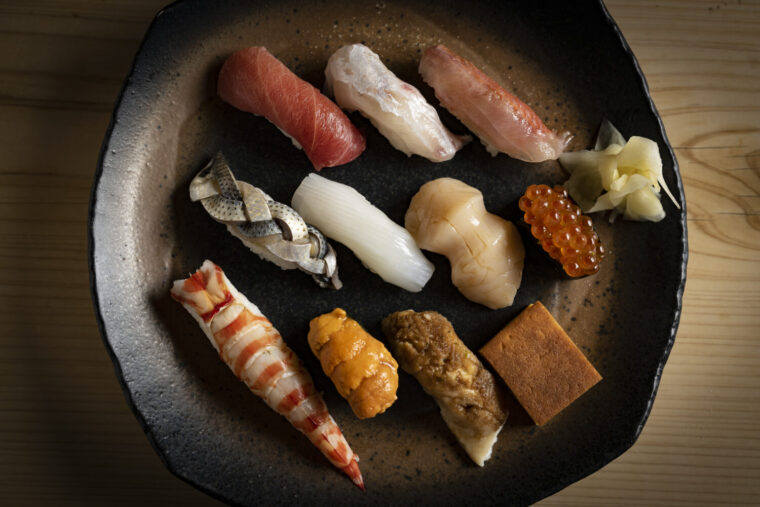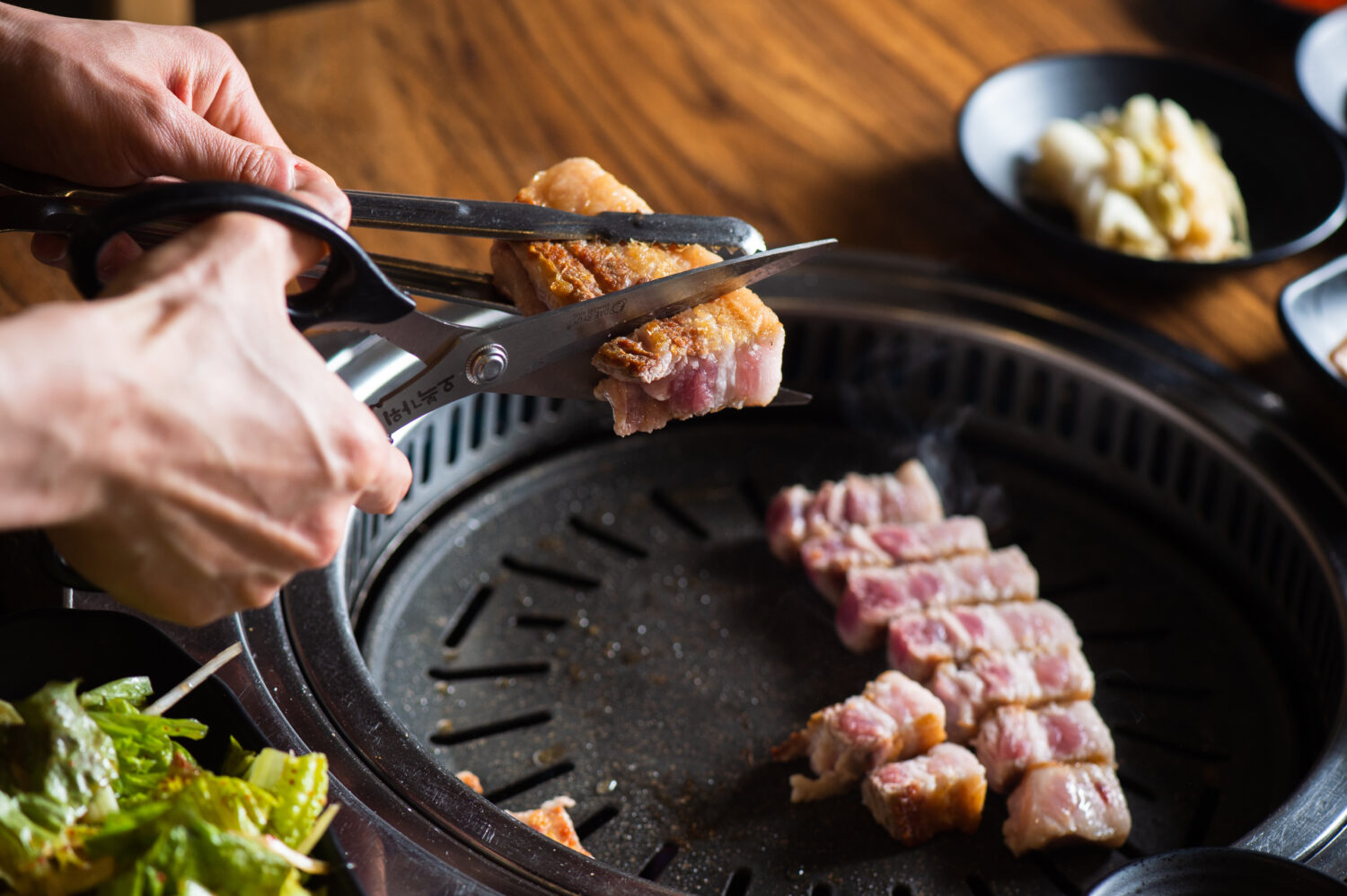
How to Eat Samgyeopsal: A Beginner’s Guide to Korean BBQ with Pork Belly
Samgyeopsal is a Korean dish where thick slices of pork belly are grilled on a hot plate and wrapped in fresh vegetables before eating. Recently, it has become more accessible and popular in Japan as well.
This time, we visited a specialty restaurant in Shin-Okubo, Tokyo’s hub for Korean culture, to dive into the authentic Korean-style way of enjoying samgyeopsal!
share:
Table of Contents
What Is Samgyeopsal?
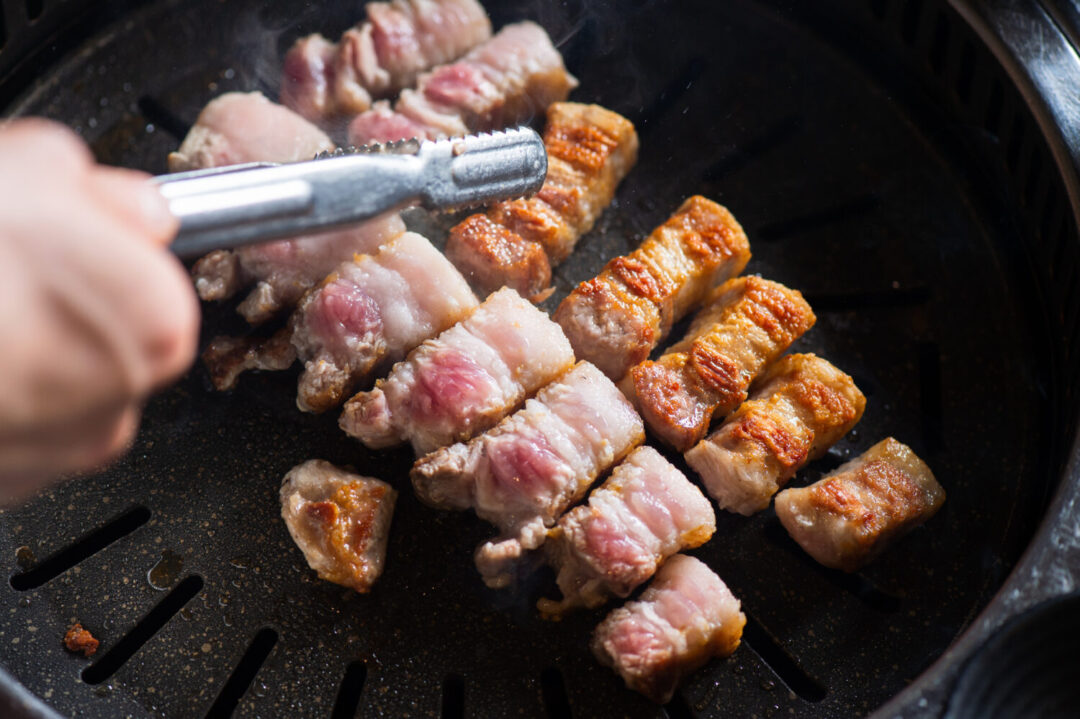
Samgyeopsal is a type of Korean-style barbecue. What makes it Korean-style is the use of pork belly, specifically three-layered pork. While Japanese BBQ often features various cuts of beef, in Korea, a specific pork cut is the star.
The Korean word for samgyeopsal is “삼겹살,” which directly translates to “three-layered meat.” It’s typically grilled on a special iron griddle that allows excess fat to drain through the grooves as it cooks.
Watching the Pork Belly Sizzle
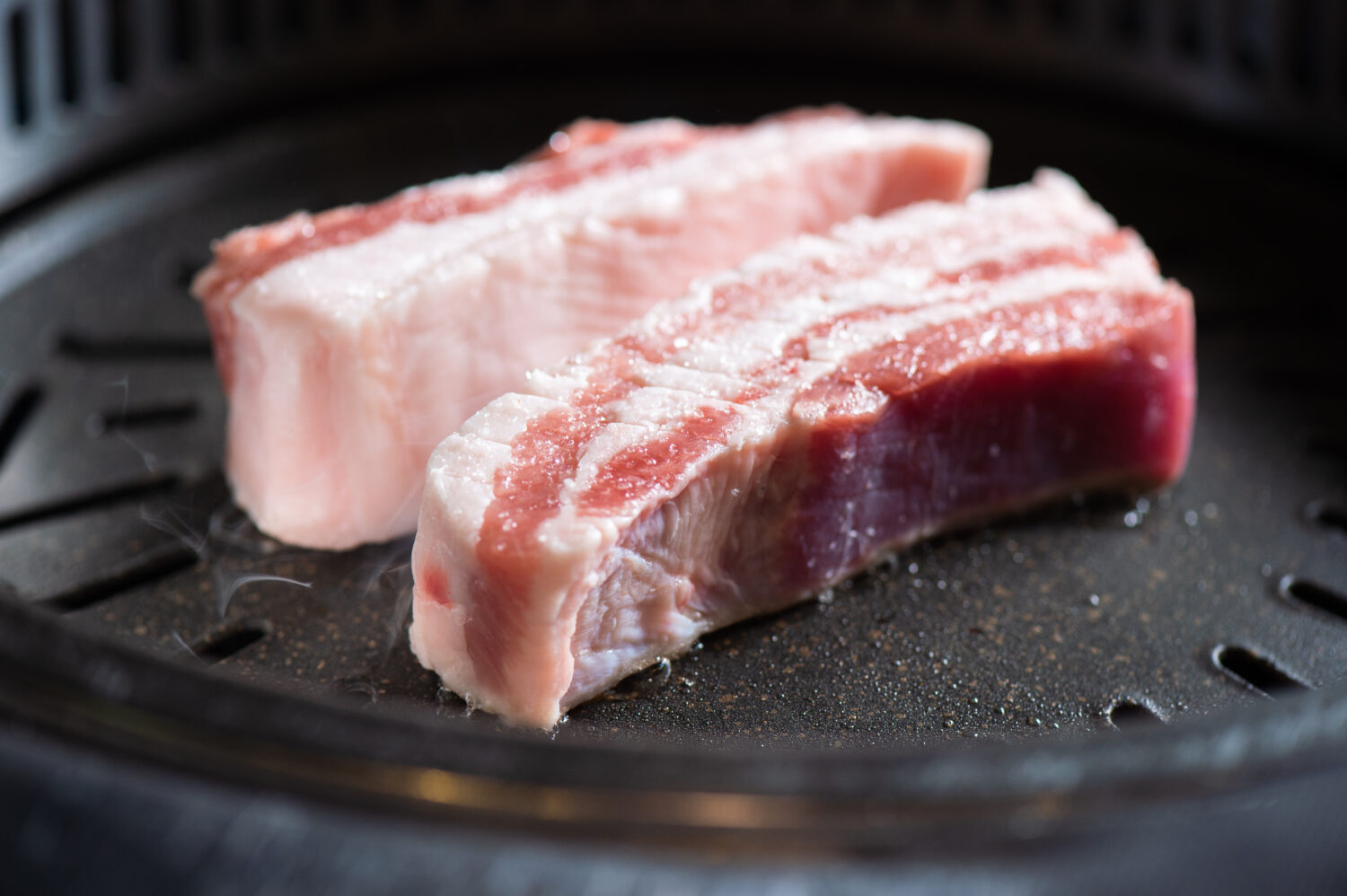
At samgyeopsal specialty restaurants, staff members usually grill the meat for you. Watch quietly as they expertly cook thick slices of pork belly in a rhythmic performance.

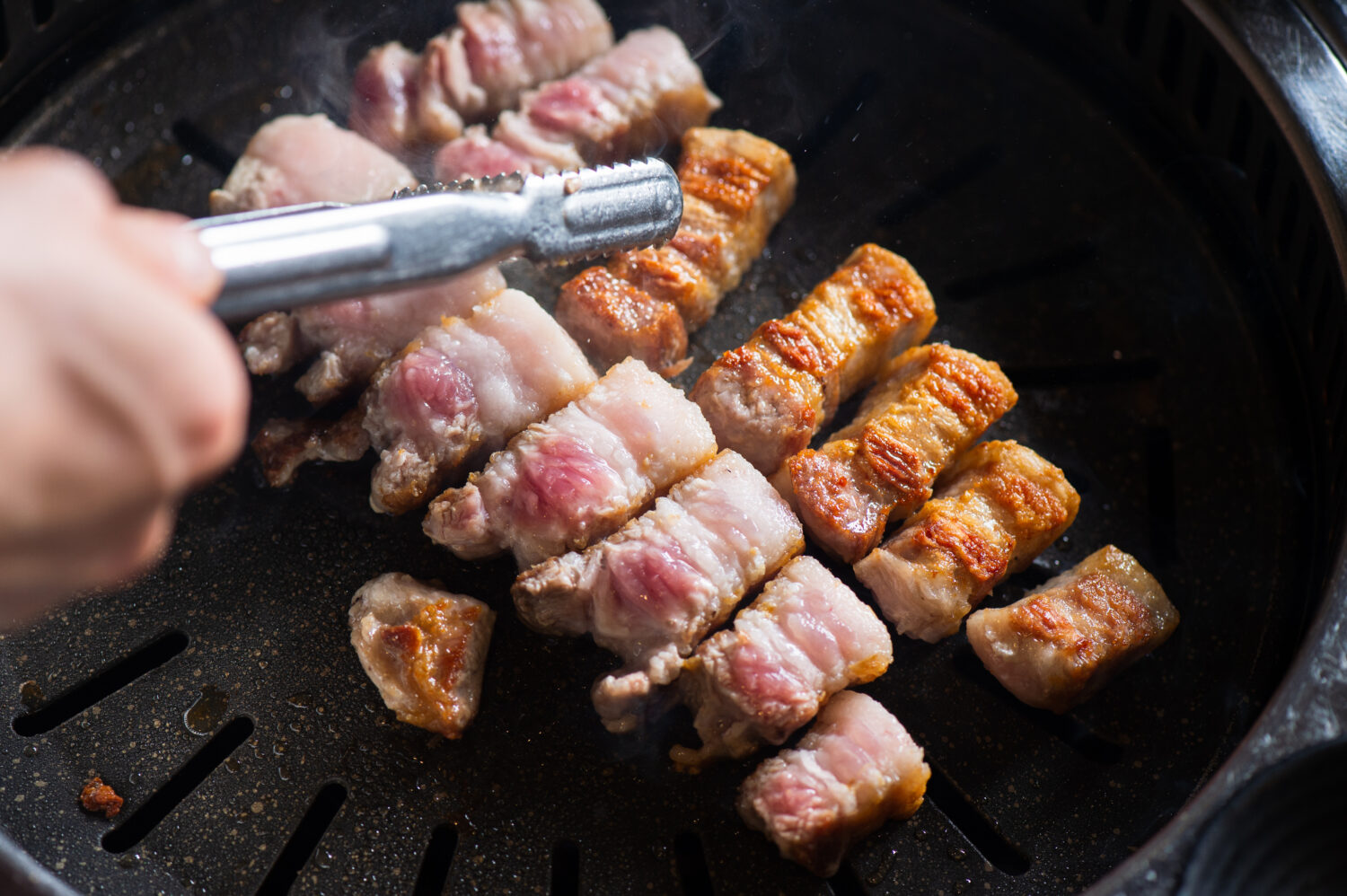
Once the pork belly is well-cooked, the staff will use kitchen scissors to cut it into bite-sized pieces. The key is to grill slowly and evenly until the surface color is consistent.
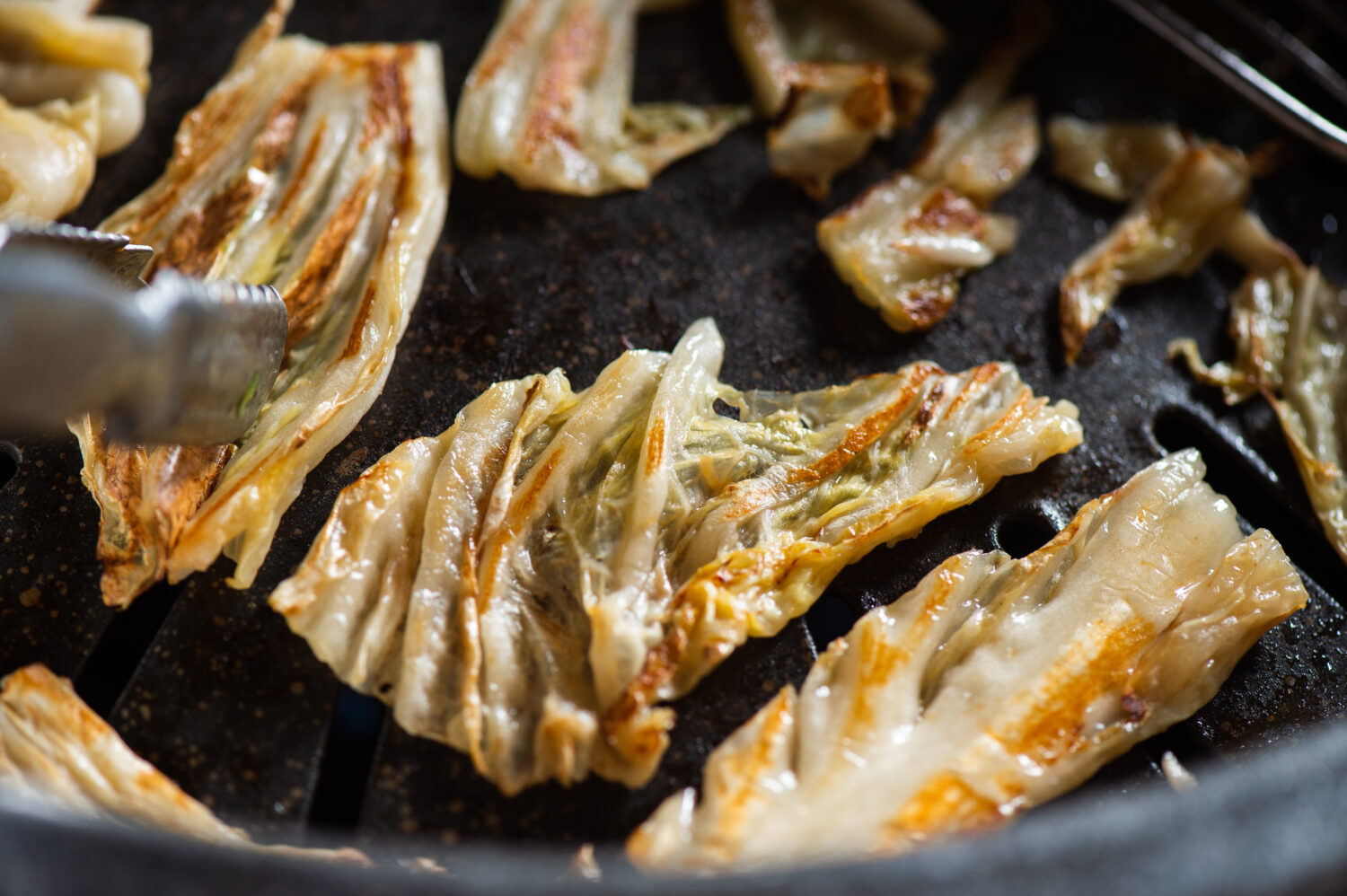
Grilling kimchi alongside the pork belly is a classic Korean technique. The pork fat enhances the kimchi’s flavor. Garlic is another staple item with samgyeopsal—an essential ingredient in Korean cuisine. Be sure to grill it on the hot plate too.
Seasoning the Pork Belly
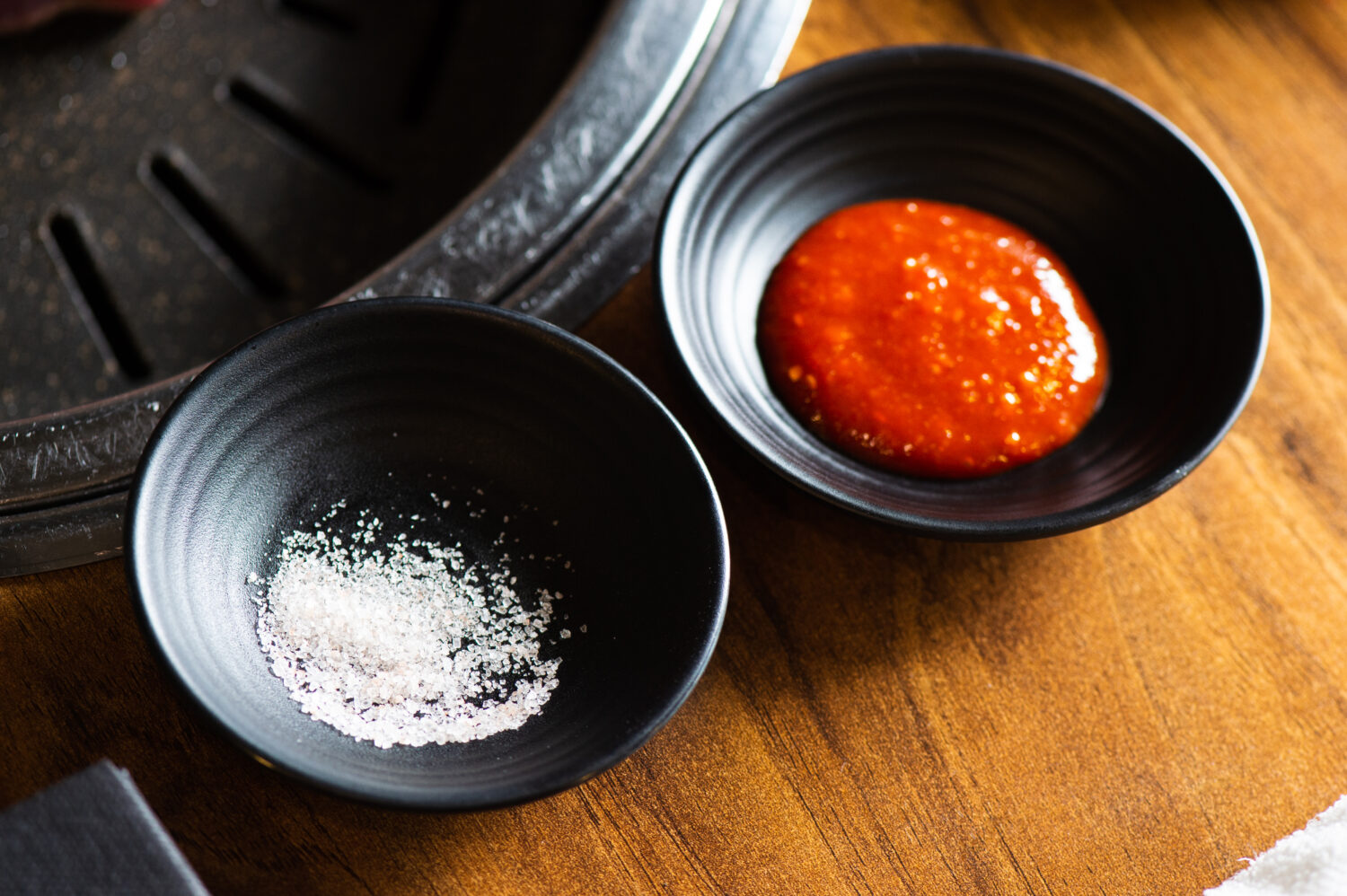
Once the pork belly is cooked, it’s time to add seasoning. The classics are salt and Korean miso sauce. In this case, it was served with gochujang. Other common sauces include “ssamjang” (a special wrap sauce) and “gireumjang” (salt mixed with sesame oil).
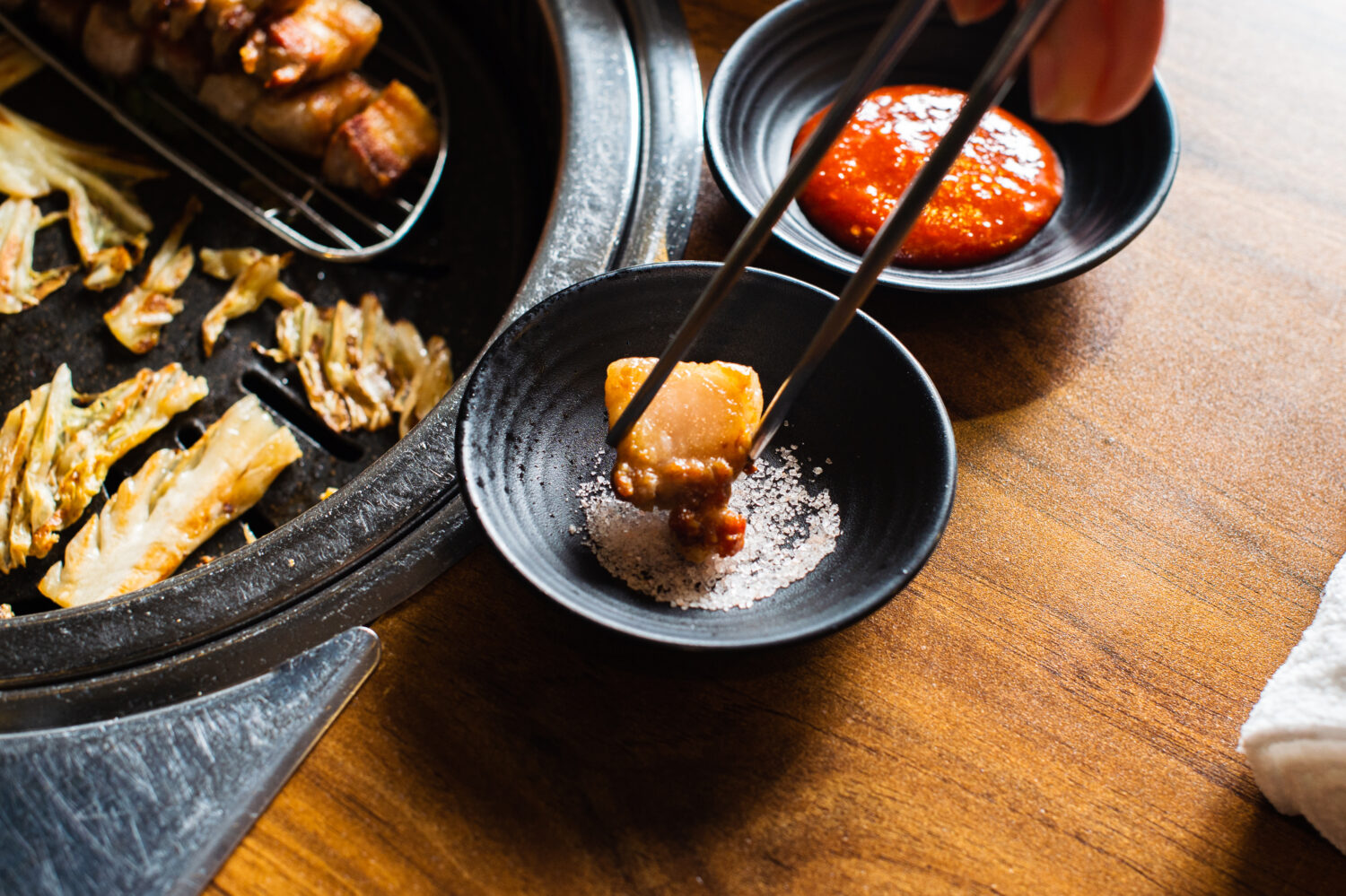
Seasoning is up to your preference. At Yop’s King Pork Grill, they use aged pork belly, so simple salt is enough. If you like it spicy, feel free to load up on gochujang. Dipping in sesame oil is also popular.
Placing Ingredients on Lettuce
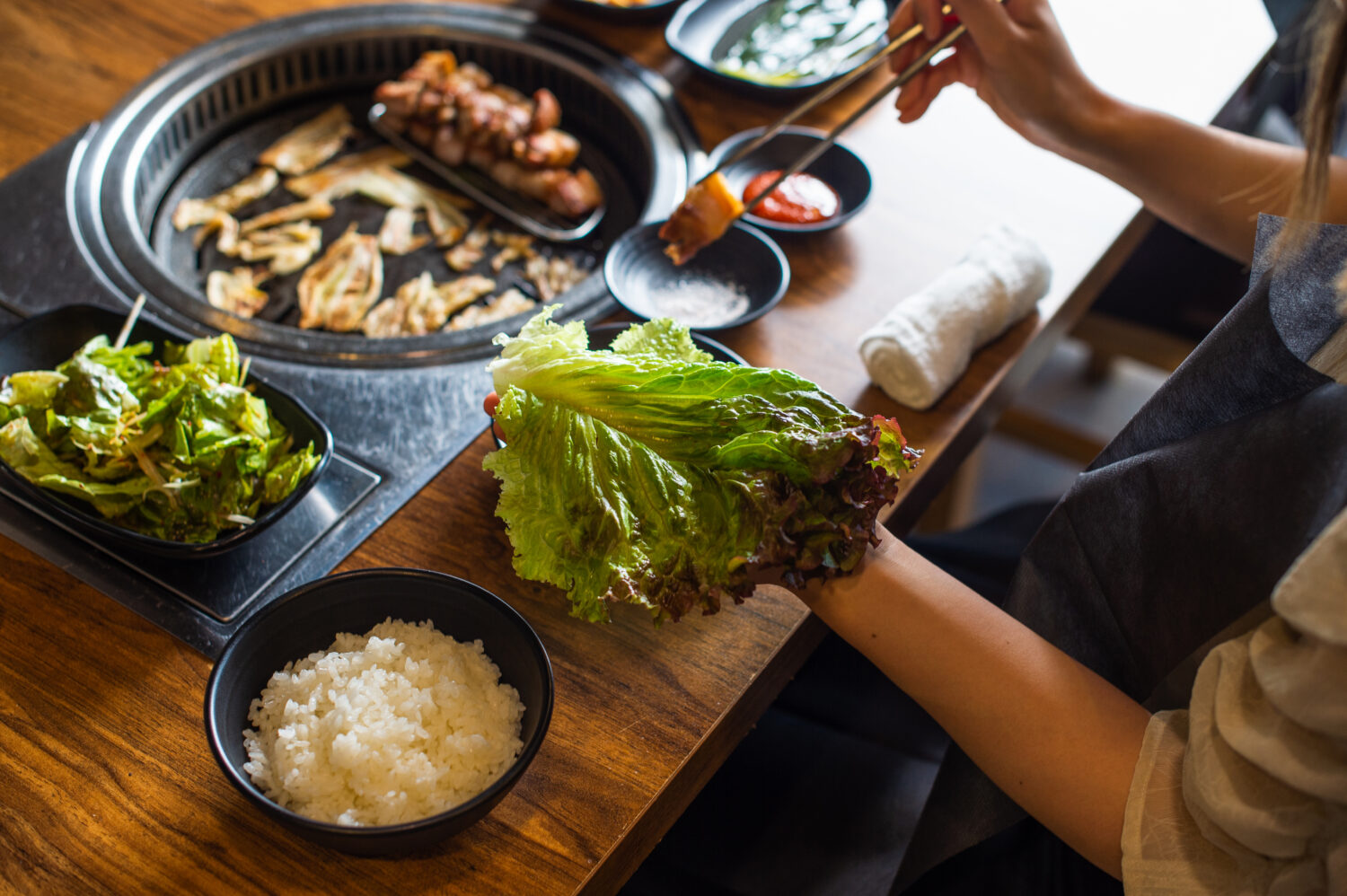
Once the pork belly is seasoned, it’s time to use the lettuce. Spread a leaf of lettuce in your palm.
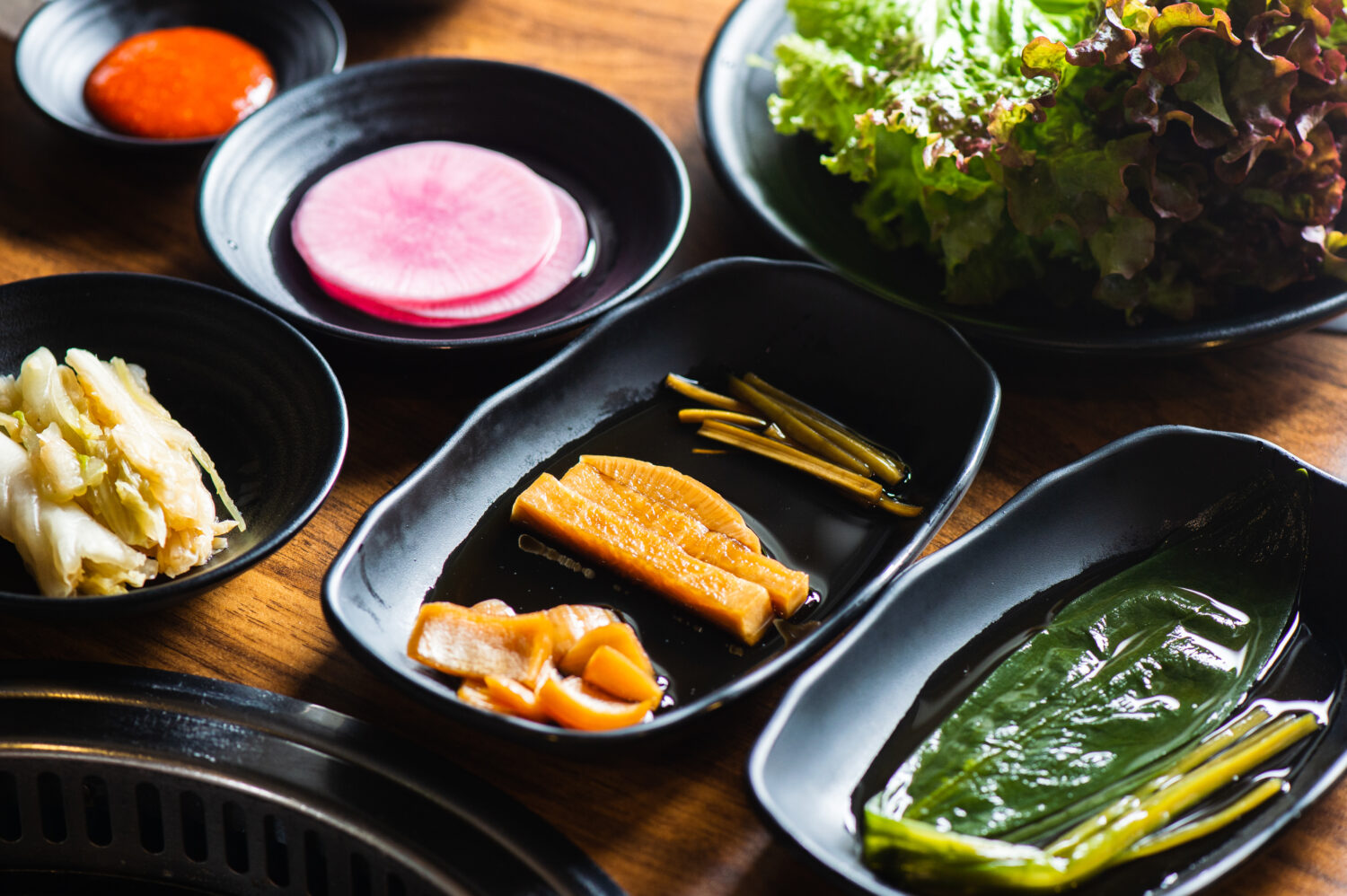
Common wrap ingredients include pickled radish, scallions, pickled daikon, onions, and kimchi. Some restaurants may even serve perilla leaves.
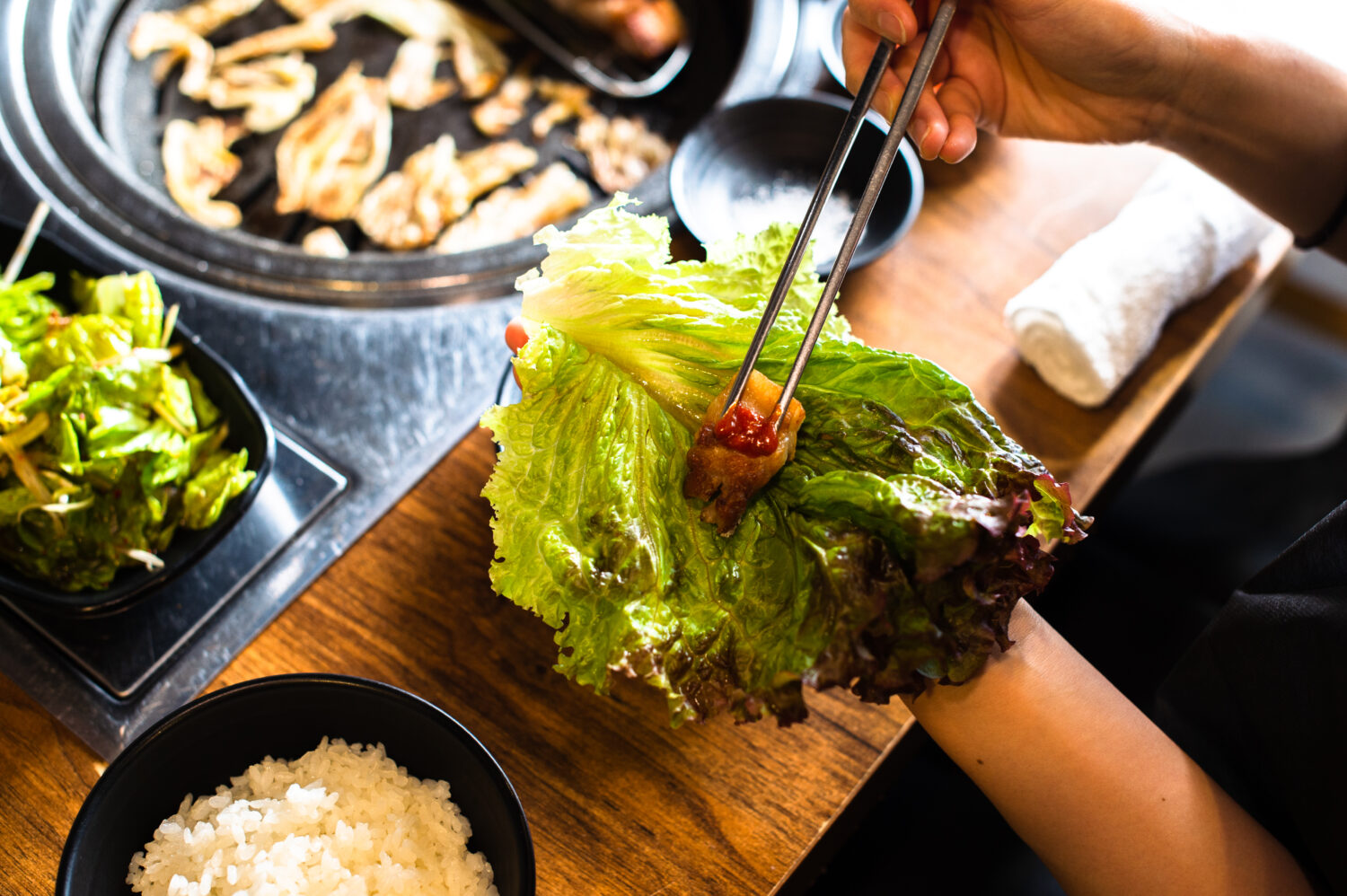
You can also add sauces after placing the pork on the lettuce. Apply gochujang or ssamjang at this stage. For a stable wrap, stack flat items in the center to prevent them from spilling.
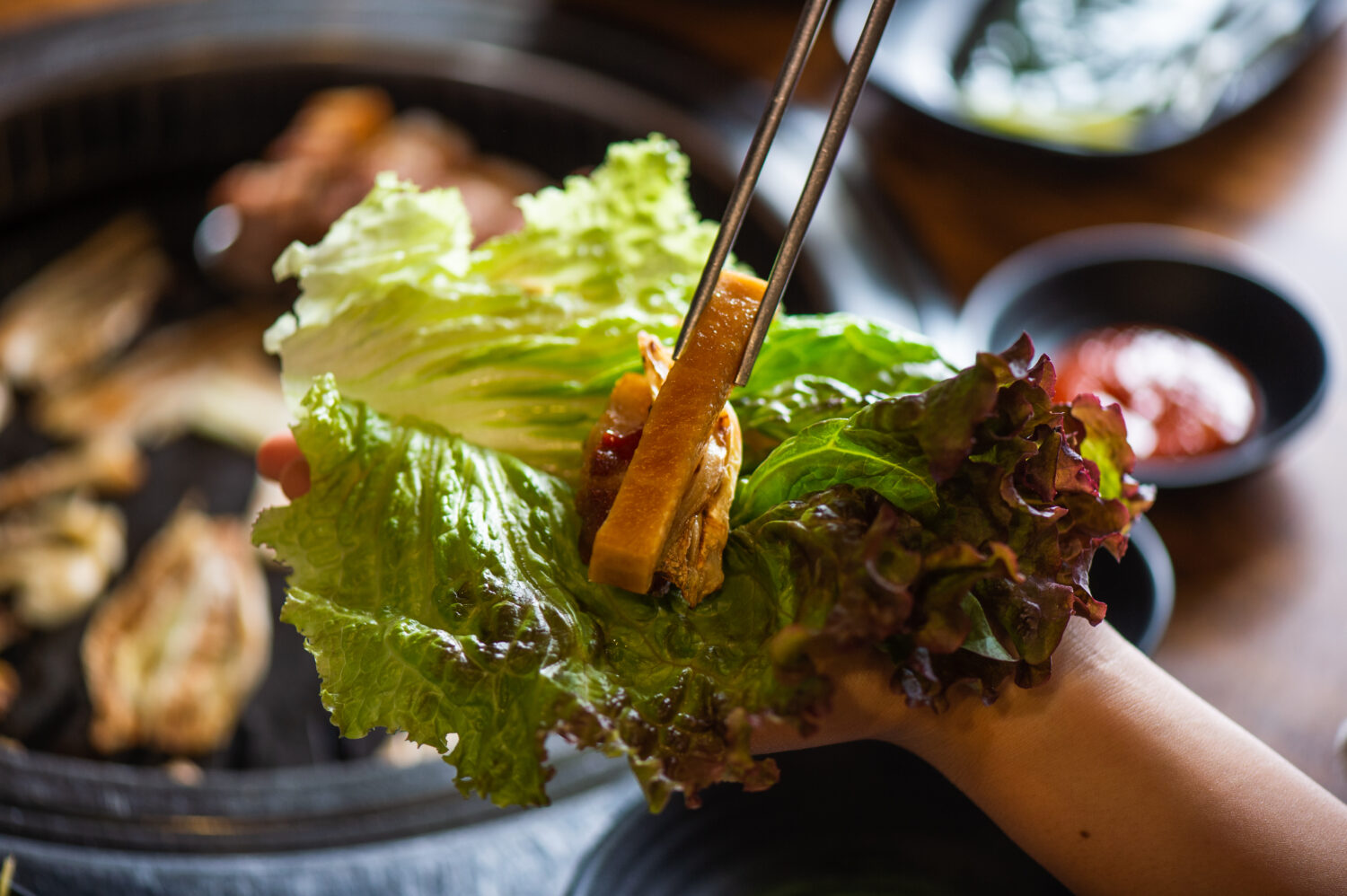
You can use whatever you like. In Korea, it’s common to use any ingredients available on the table! This photo shows pork belly, kimchi, pickled radish, and gochujang in a wrap.
Wrap It Up Gently
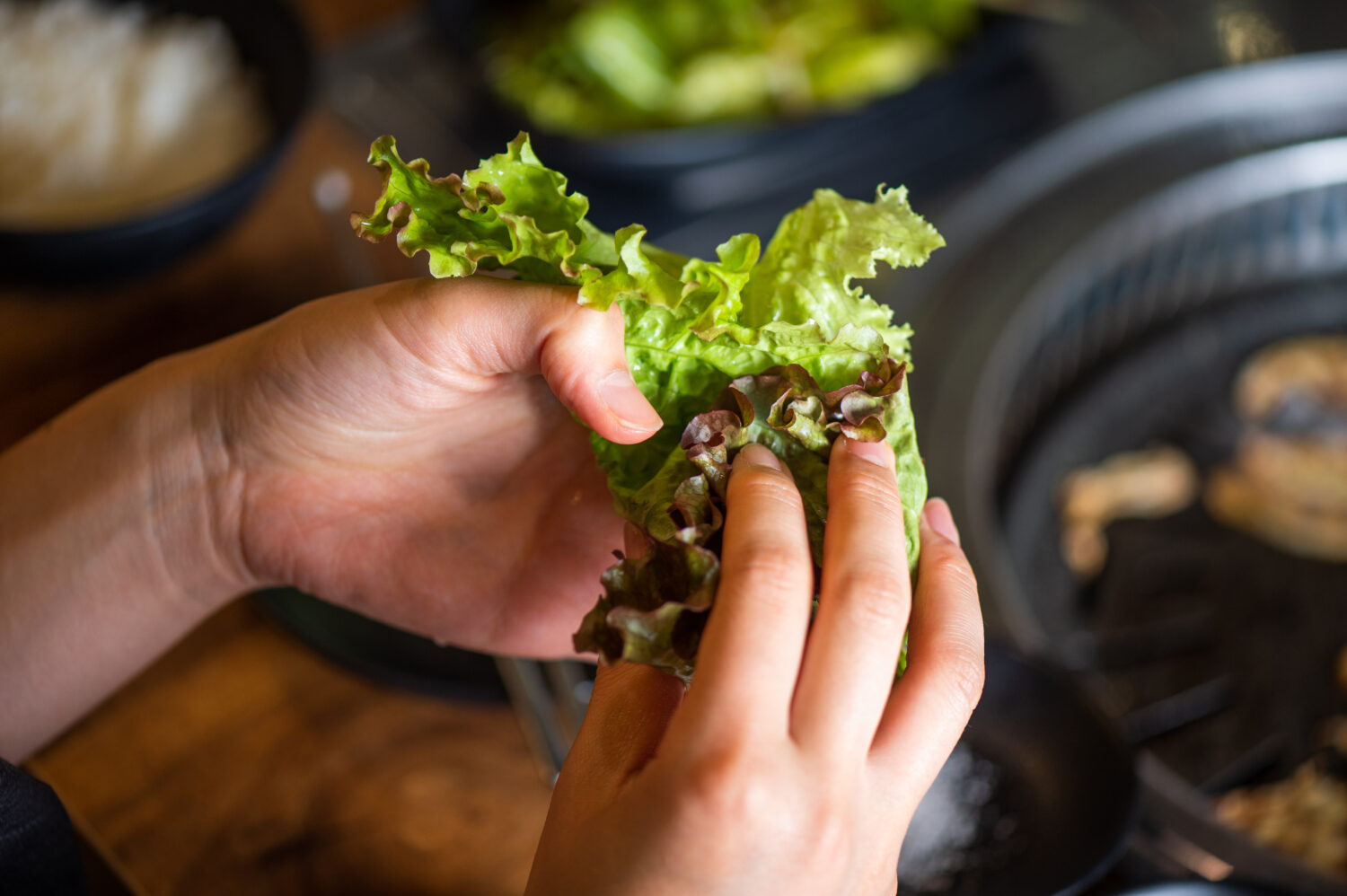
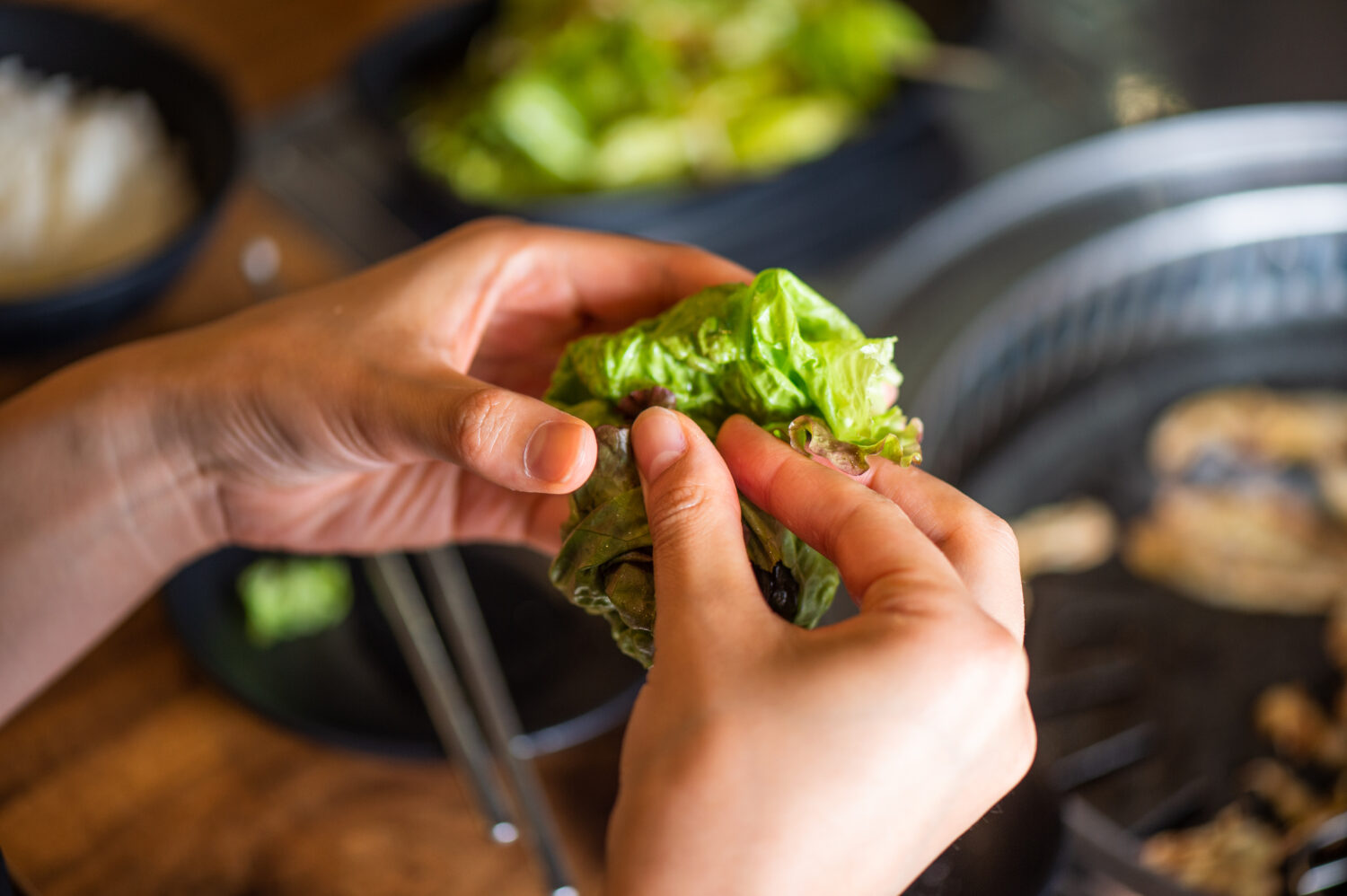
Once you’ve added your favorite toppings, wrap the lettuce around them. Keep the size bite-friendly, and gently fold the leaf to encase the fillings. This helps prevent spillage. Then, open wide and take a big bite!
Try Wild Garlic
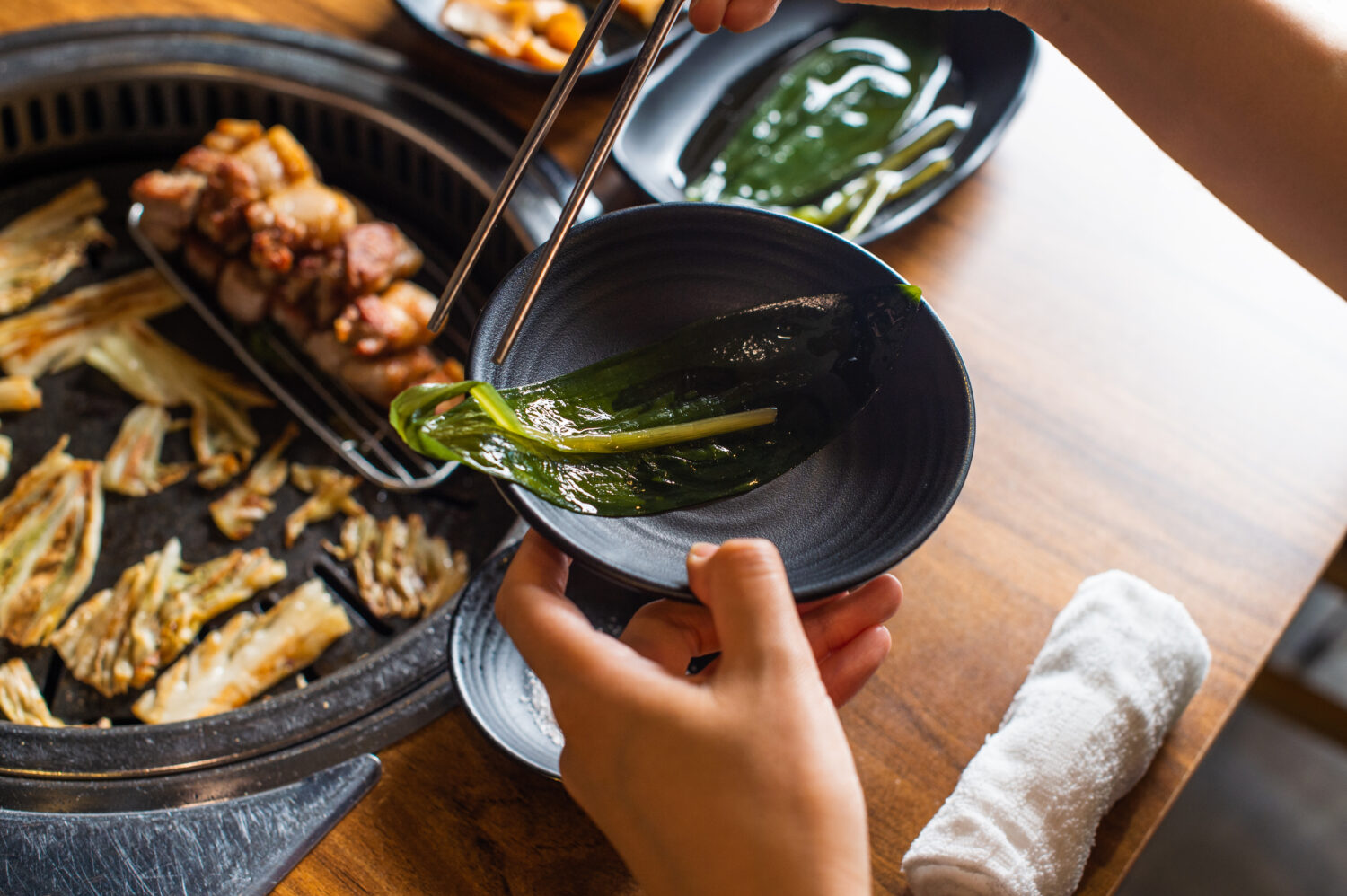
After enjoying samgyeopsal with lettuce, try wild garlic pickled in soy sauce. Known as “san-namul” in Korea, this mountain herb from the allium family is often served with samgyeopsal.
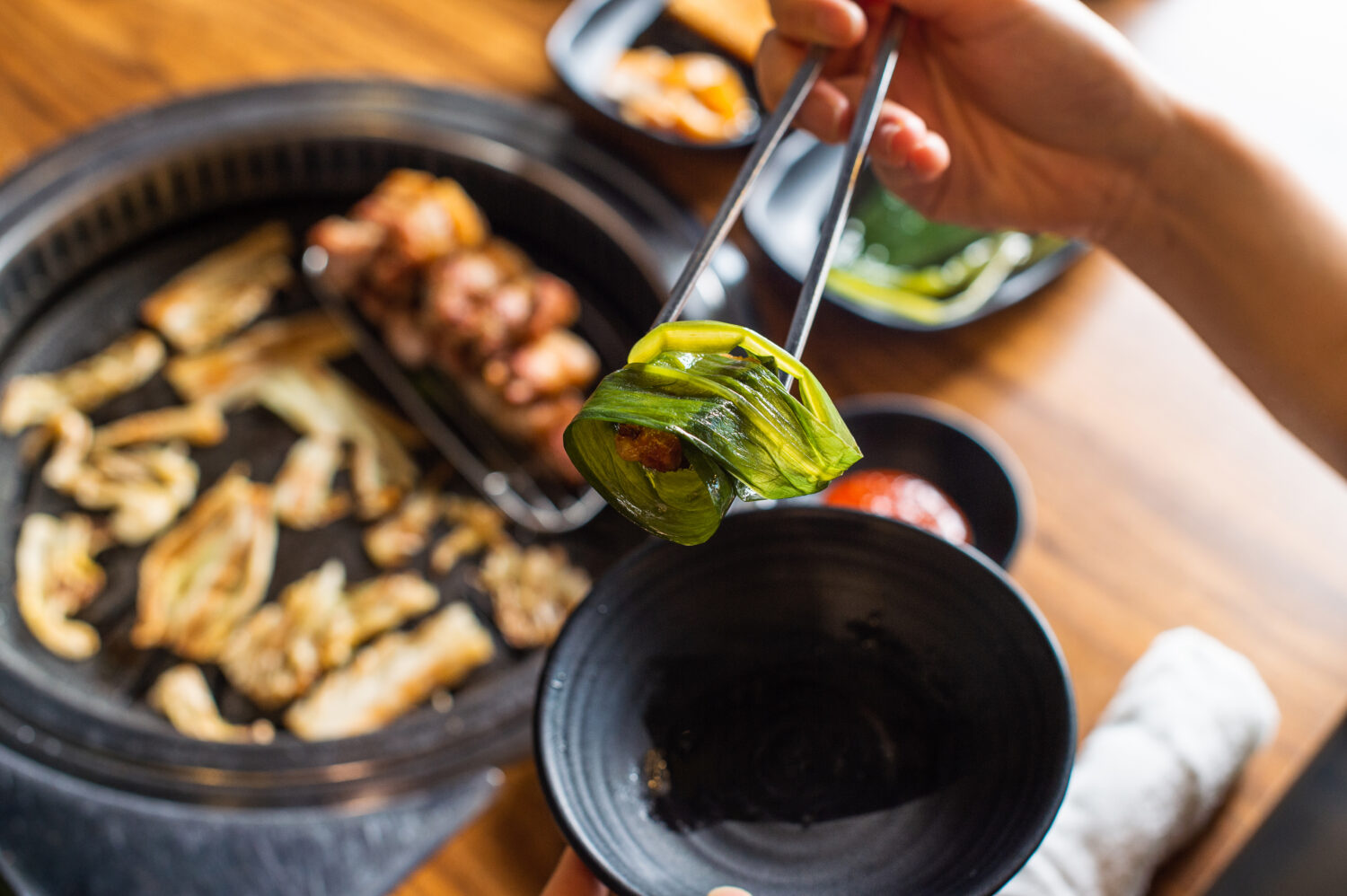
Dip your pork in a bit of salt, then wrap it with wild garlic and eat it as-is. The crisp texture and distinct aroma can be addictive! Staff often recommend starting with wild garlic instead of lettuce—it’s light and refreshing.
Enjoy Endless Variations
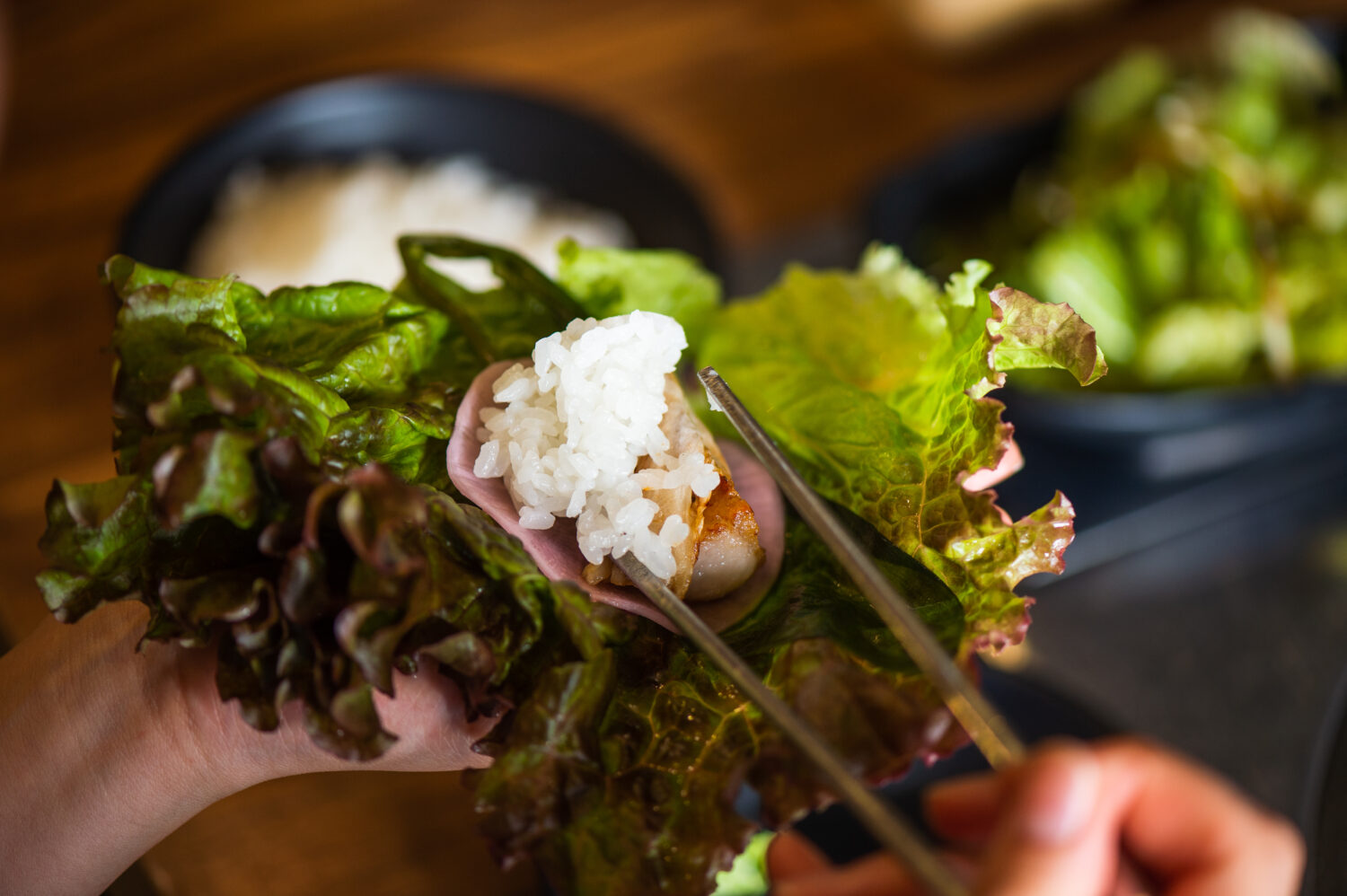
One of the best things about samgyeopsal is the variety of combinations. Order a bowl of rice and wrap it in your lettuce, too. If something looks good, go ahead and wrap it!
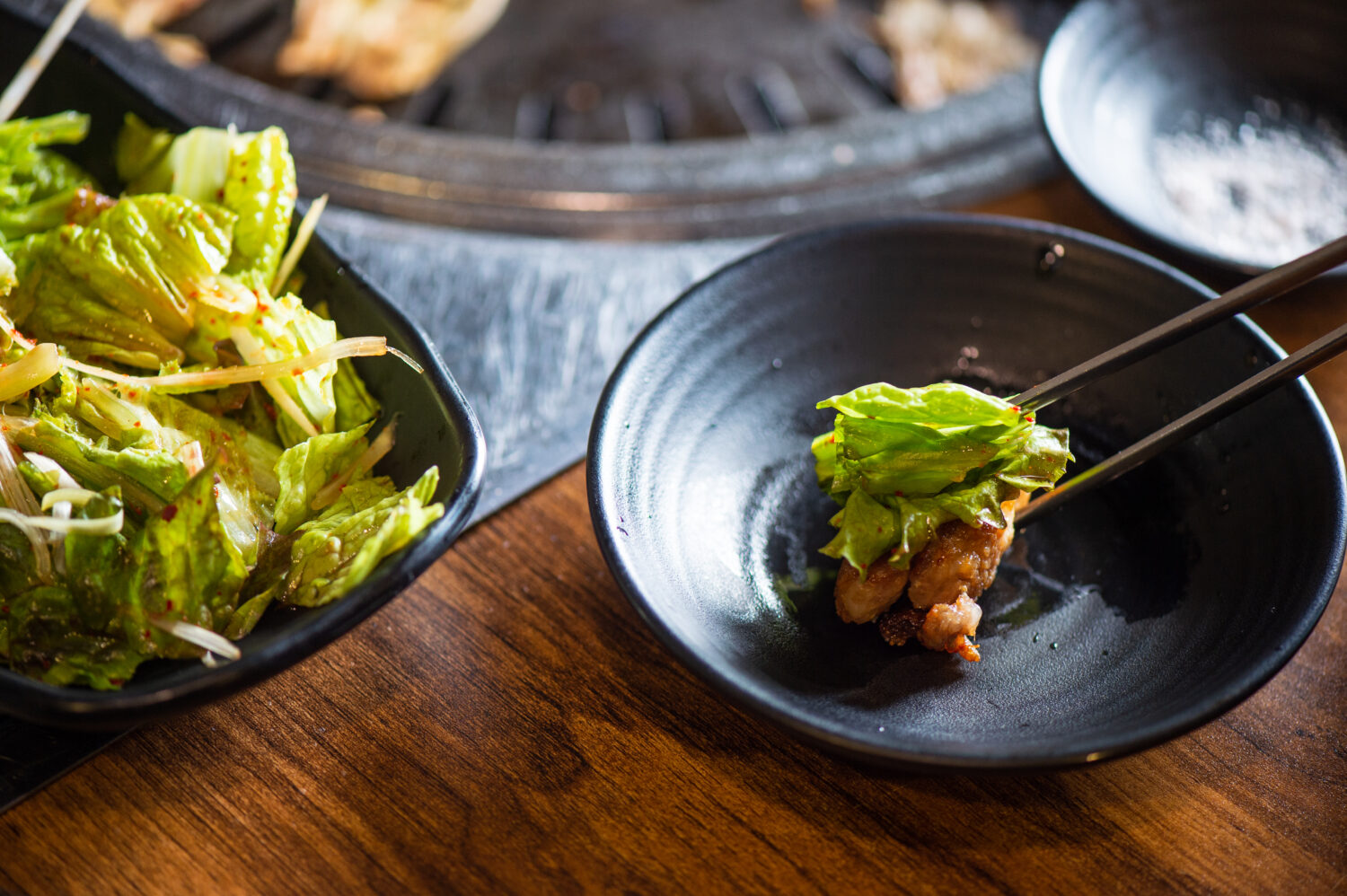
You can also enjoy it with side dishes like Korean-style salad (choregi) or wrap spicy rice cakes (tteokbokki) and soup ingredients together in lettuce. The possibilities with samgyeopsal are endless. Learn the basics and dive into a Korean dining experience!
A specialty restaurant serving samgyeopsal made with Iwachu Pork, a premium brand of pork from Iwate Prefecture aged for 14 days. The restaurant takes great care in maintaining the freshness of the vegetables and precisely managing the griddle temperature. It has five locations in Tokyo, and one each in Osaka and Fukuoka. Special thanks to YOPU NO OUBUTA SIOYAKI(Yop's King Pork Grill) – Shin-Okubo Main Branch, an aged meat specialty restaurant in Tokyo, for their cooperation with this shoot.
*The information is based on the time of reporting or creation, and may differ from the current situation.
tags:
share:










